Embark on an unforgettable day trip to Nikkō, a stunning destination in the Tochigi Prefecture, just a short journey from Tokyo. Nikkō is an enchanting small city with so much natural beauty, cultural richness, and natural hot springs, making it an ideal retreat for nature lovers.
Nikkō is one of my favourite destinations for a day trip from Tokyo because of its stunning nature, surreal waterfalls and impressive temple complex with intricate carvings. There are so many wonderful things to do in Nikko and I always say, visit Nikkō once, and you will want to come back over and over again.
With this easy-to-follow Nikkō day trip itinerary, you’ll photograph the sacred Shinkyo Bridge, walk through lush forests and explore the UNESCO-listed Nikkō Toshogu Shrine. After a traditional lunch, you’ll marvel at the majestic 97-meter Kegon Falls cascading into a rocky plunge pool and bask in the serenity of Japan’s highest natural lake, Lake Chuzenji. Finally, you’ll unwind with a serene stroll along a forested volcanic canyon, accompanied by the gentle presence of jizo stone statues.
Here is how to enjoy the perfect day trip to Nikkō, with my step by step itinerary. I will explain how to get to Nikkō, how to make use of your passes and tickets to maximise your time and budget, and how to enjoy all the best attractions in just one day.
Table of Contents
- How to get to Nikkō from Tokyo
- Comparison of Tokyo to Nikkō Options
- Tobu-Train Route
- Japan Rail Route
- Nikkō day trip itinerary
- Depart from Tokyo
- Shinkyo Bridge
- Tōshō-Gū Shrine
- Lunch
- Kegon Falls
- Chuzenji Lake
- British Embassy Villa Memorial Park
- Kanmangafuchi Abyss
- Back to the Nikkō train station
- Where to stay in Nikkō
- Nikkō day trip itinerary map
- Final Thoughts
- Frequently Asked Questions
How to get to Nikkō from Tokyo
Getting the train from Tokyo to Nikkō is the simplest, most affordable, and popular method of transportation.
Both JR and Tobu lines operate in the area, providing frequent train services from Tokyo, with departures at least once every hour. The journey typically takes around two hours, and there are discounted passes available to reduce the train fare.
My highly recommended option is to get the All Nikko Area Pass, which is a pass priced at $35. This pass covers your round-trip travel between Asakusa Station and Tobu-Nikkō Station on the local or express train, and unlimited rides on train and bus within Nikkō area. Compared to other rail alternatives that usually cost a minimum of $20 for a one-way trip, plus another $15 for the tourist bus pass, the All Nikkō Area Pass offers undeniable value.
Another popular option to enjoy a worry-free day trip to Nikkō as part of a tour. Prices start from $115 per person and include transportation from central Tokyo to Nikkō as well as around the national park.
Comparison of Tokyo to Nikkō Options
| Transport | Time | Price | Links to book |
|---|---|---|---|
| Tobu Train Route | 1 hour 50 minutes (Asakusa Station to Tōbu-Nikkō Station) | $20 or included in your Nikko Area Pass | Get the Tōbu-Nikkō Pass |
| Japan Rail Route | 1 hour 55 mins (from Tokyo Station to Nikko Station) | $40 or included in your JR Pass | Get your JR Pass |
| Tour | 10-11 hours (including sightseeing) | $115 per person | Suggested tour |
Tobu-Train Route
You will travel from Asakusa station in Tokyo to Tobu-Nikkō Station. There are multiple services for this. The fastest is the Limited Express trains, namely the Kegon and Kinu. The Kegon is the quickest and most direct, making it ideal for a day trip to Nikkō. It takes just 1 hour and 50 minutes. You must reserve seats for this train, and the one-way fare for the Limited Express train costs $20. Please note, this journey on limited express trains is NOT included in your All Nikkō Area Pass.
Alternatively, you have the choice of taking a local or express train, which cuts the cost in half but adds around 30 or more minutes to the journey. For cost-saving options, you can opt for the All Nikko Area Pass which costs $35, and it covers your local or express train ticket to Nikkō and back. It also covers unlimited train rides within the Nikkō area, as well as unlimited rides on designated local buses.
Japan Rail Route
If you already have a JR Pass, then this is the route for you, as you won’t have to pay extra to get to Nikkō. Depart from either Tokyo or Ueno Station on the JR Tōhoku Shinkansen bound for Utsunomiya Station. At Utsunomiya Station, transfer to the JR Nikkō Line. The JR Nikkō Line will take you directly to JR Nikkō Station.
The entire trip lasts just under 2 hours, and it’s perfect for JR Pass holders. However, please note that if you don’t have a JR Pass, the cost of a one-way ticket is double than on the Tobu-Train Route.
Nikkō day trip itinerary
This Nikkō day trip itinerary was designed for nature and culture lovers. I made this itinerary based on my own experience in Nikkō and tried to maximise your time in the area to ensure you see the top attractions, including Kegon Falls, Lake Chuzenji and the UNESCO World Heritage site Tōshō-Gū Shrine. For this itinerary to work well, you must have an early start and ideally catch the 7:30 am train from Tokyo to Nikkō.
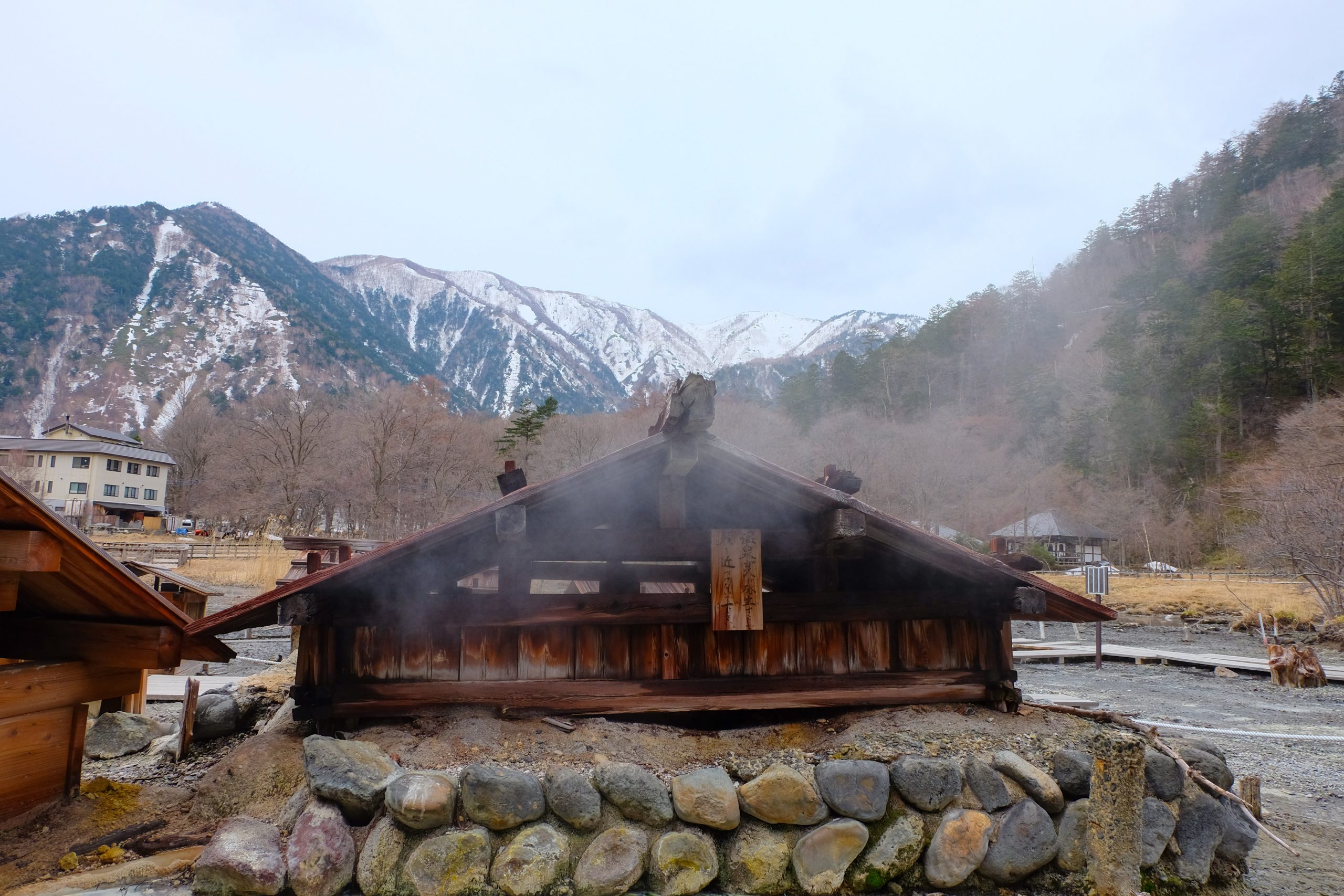
My advice is to grab breakfast before you embark on this itinerary to ensure you save time and can start as early in the morning as possible. The biggest tip I have for you is to grab a bento box the night before the trip to Nikkō (from any train station or department store) and enjoy your breakfast while on the train. It will not only save you time, but it will be such a fun, truly Japanese experience to enjoy a bento box on the train.
Please wear comfortable shoes, as my itinerary involves a considerable amount of walking. I recommend visiting Nikkō in the autumn, if at all possible, to enjoy the stunning koyo leaves in the Nikkō National Park.
To save money, I recommend the All Nikko Area Pass which costs $35. It is available on local and express trains, as well as on the buses in the area, which you will need to take as part of this itinerary.
Alternatively, if you have a JR Pass or wish to travel via limited express train, make sure to buy a Chuzenji Onsen Free Pass ($15) upon arrival in Nikkō. This pass allows you to ride the tourist buses between JR Nikkō Station (Stop 1) and Osaki (Stop 31) saving you a significant amount of time and money for the day.
Depart from Tokyo
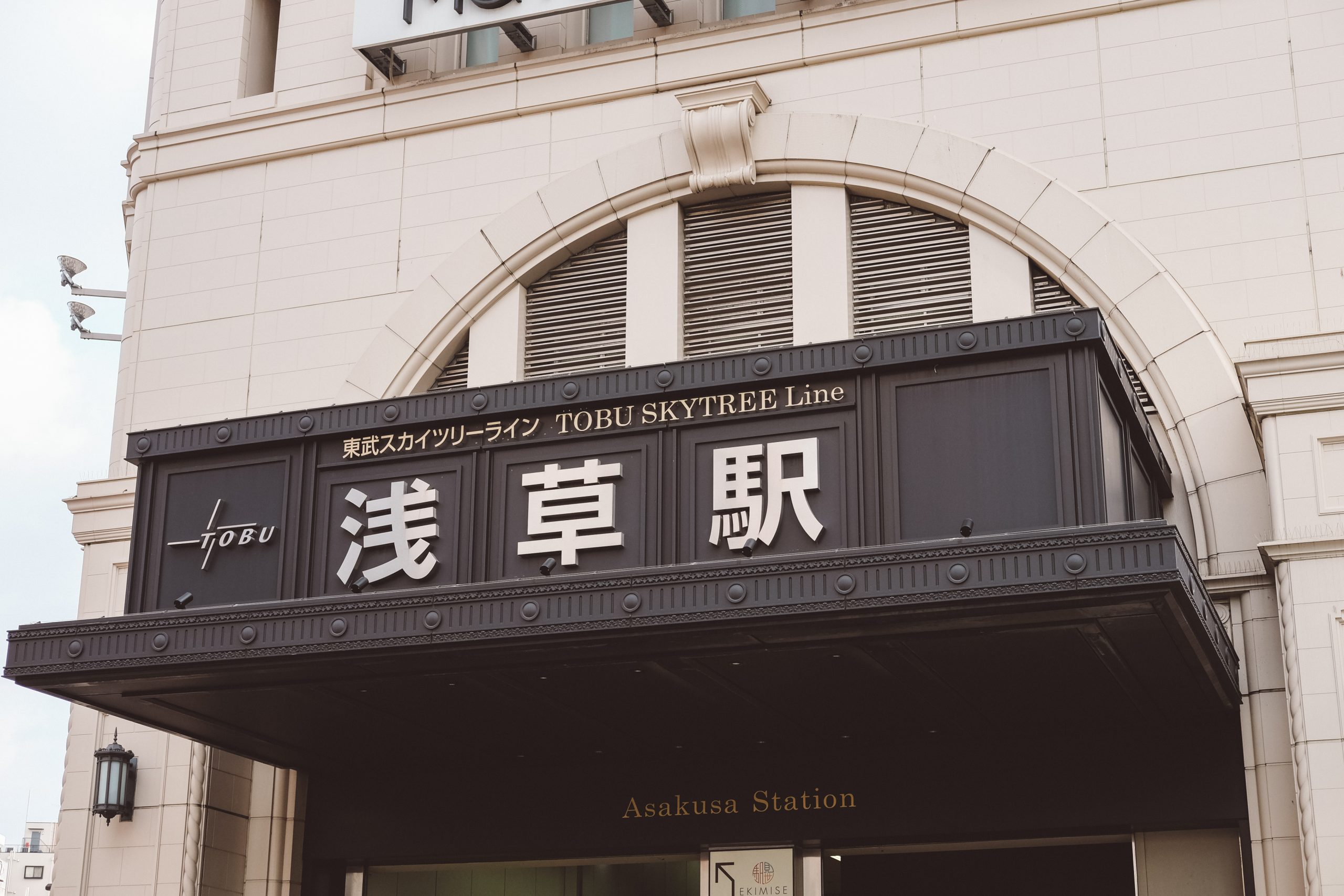
Depart from Tokyo to Nikkō as early as you can. Trains start as early as 6:30 am, but ideally, you will aim for a 7:30am or 7:50 am train to ensure you are in Nikkō before 10am. This is crucial if you wish to have enough time to see the Kegon Falls, and the Chuzenji Lake.
Ensure you arrive at the train station at least 20-25 minutes before your train to be able to get your train ticket and find your platform and seat on the train.
Shinkyo Bridge
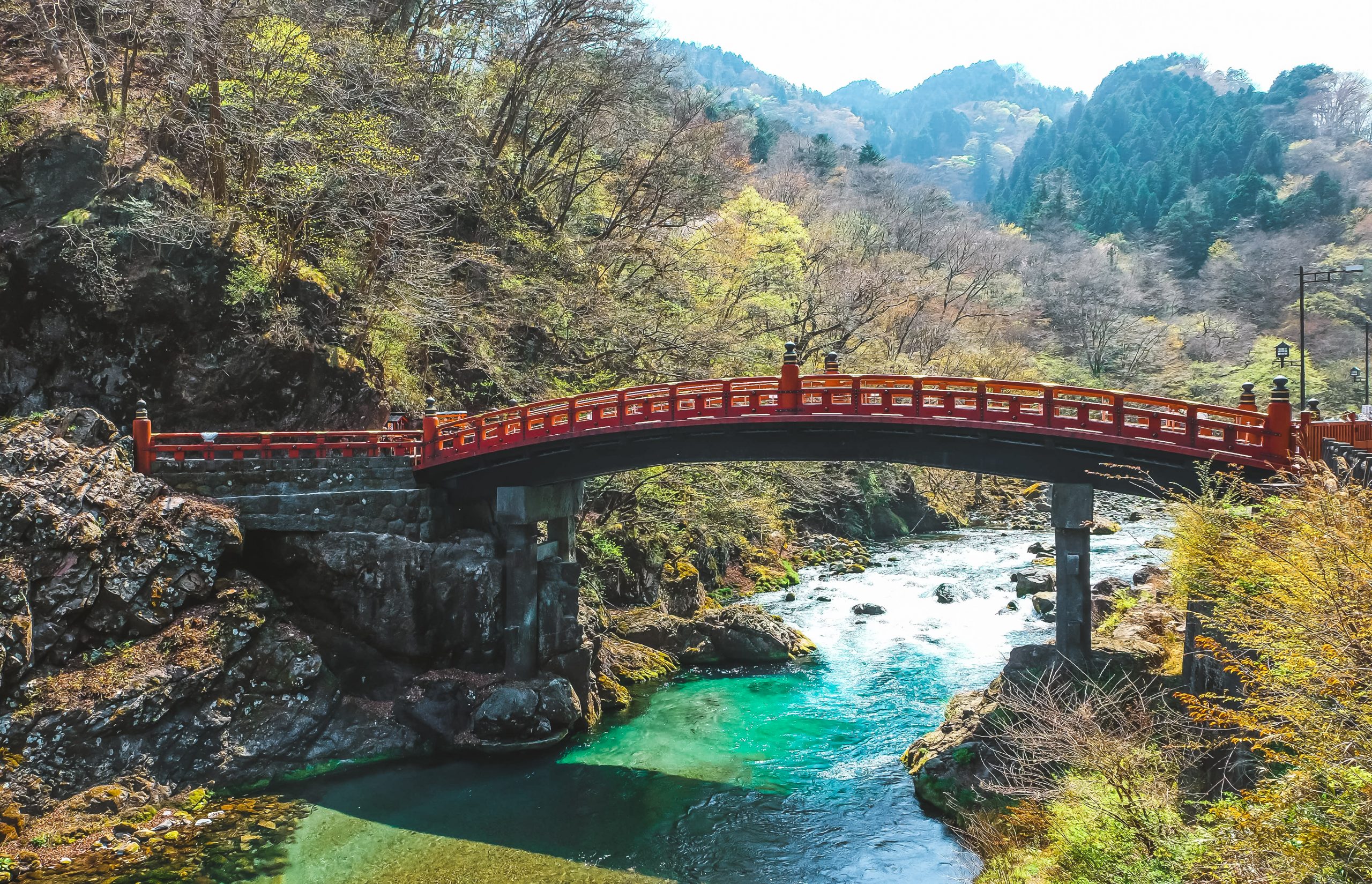
Take a 17-minute walk from the Nikkō train station to the stunning Shinkyo Bridge. You will be walking along the Nikkō Kaido main road.
Shinkyo Bridge (神橋, “Sacred Bridge” in English) is a beautiful, iconic wooden bridge located in Nikkō. It is part of the Futarasan Shrine, which is a UNESCO World Heritage Site, along with the neighbouring Toshogu Shrine and Rinnoji Temple. The bridge holds great cultural, and religious significance in Japan.
The Shinkyo Bridge spans the Daiya River in the Nikkō National Park, and it serves as the entrance to the sacred shrines and temples of Nikkō. The legend of the bridge is fascinating too. Shodo Shonin, a local priest, and his followers were unable to cross the river, and the god Jinja-Daiou appeared to help them by transforming two giant snakes into a rainbow-like bridge. The current structure dates back to 1636, during the Edo period, and has been rebuilt and restored several times since then.
Shinkyo Bridge is considered one of Japan’s three finest bridges, alongside Kintaikyo in Iwakuni and Saruhashi in Yamanashi Prefecture. It has been featured in numerous artworks, photographs, and travel guides, and is often recognized as a symbol of Nikkō’s natural beauty and cultural heritage.
For much of its history, the bridge was off-limits to the public, as it was reserved for the use of the imperial family and high-ranking priests. However, it was opened to visitors in 1973. There is a small fee to cross the bridge, although I, personally, don’t recommend it as it looks a lot more impressive from the nearby observation platform.
Tōshō-Gū Shrine
From the Shinkyo Bridge, cross the road and make your way up the stairs into the forest, home to the Temple Complex in Nikkō.
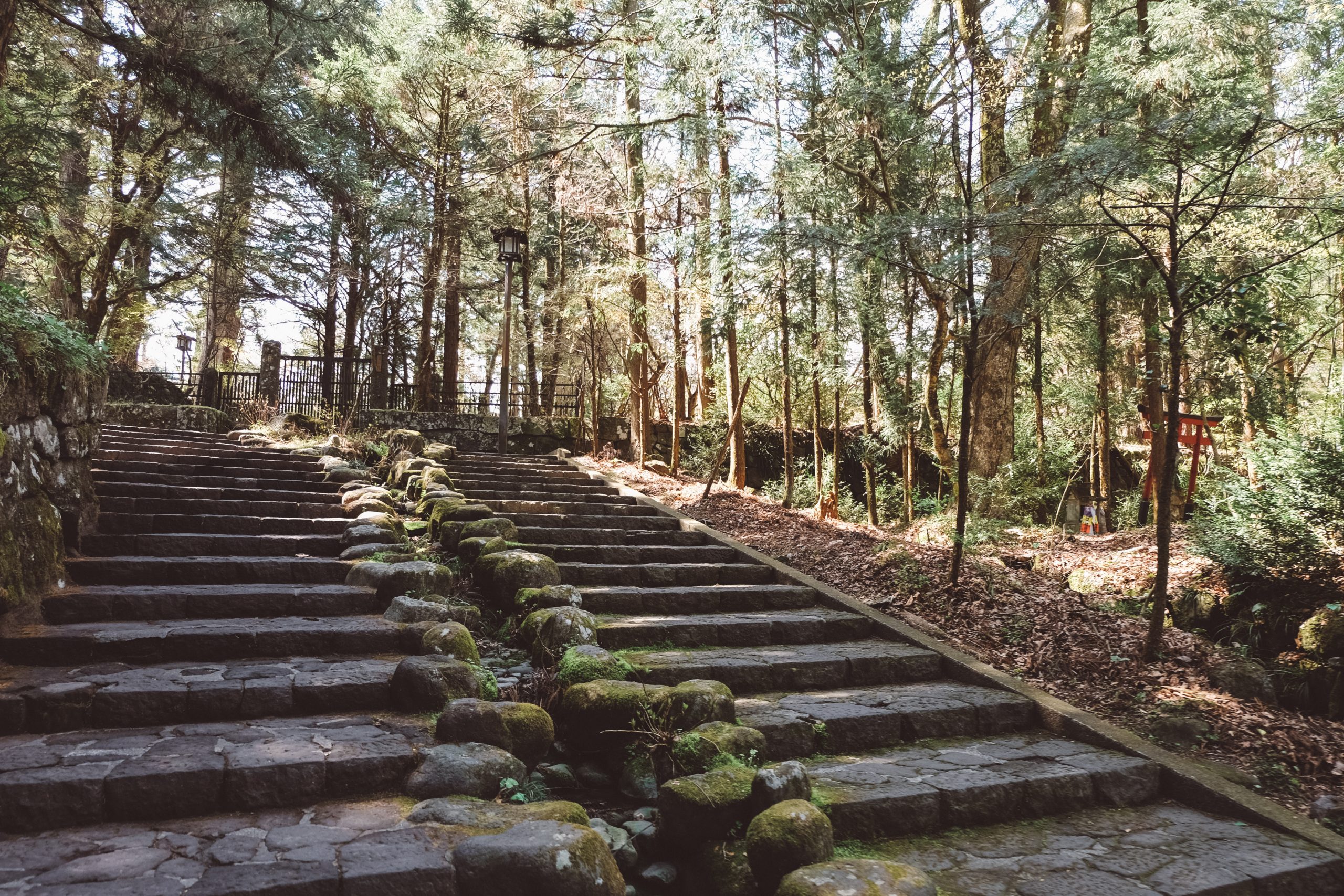
While the goal is to make it to Tōshō-Gū Shrine, which is the most impressive, don’t hesitate to visit other temples along the way. See the impressive Rinnoji, an 8th century temple with a museum and stunning landscaped garden. The Shōyō-en Garden has welcoming paths among azalea and Japanese rhododendron bushes, and it’s the ideal place for striking fall leaf colours.
Pass the Ishi-tori’i which is a stone along the route and make your way to the Tōshō-Gū Shrine entrance. Tōshō-gū Shrine (東照宮) is an important Shinto shrine and a UNESCO World Heritage Site, along with Futarasan Shrine and Rinnoji Temple.
Tōshō-gū Shrine is dedicated to Tokugawa Ieyasu, the founder and first shogun of the Tokugawa Shogunate, which ruled Japan from 1603 to 1868. The shrine was initially built in 1617 by Tokugawa Hidetada, the second shogun and Ieyasu’s son, to enshrine his father’s remains. In 1634, Tokugawa Iemitsu, the third shogun, expanded the complex, turning it into the lavish and ornate shrine we see today.
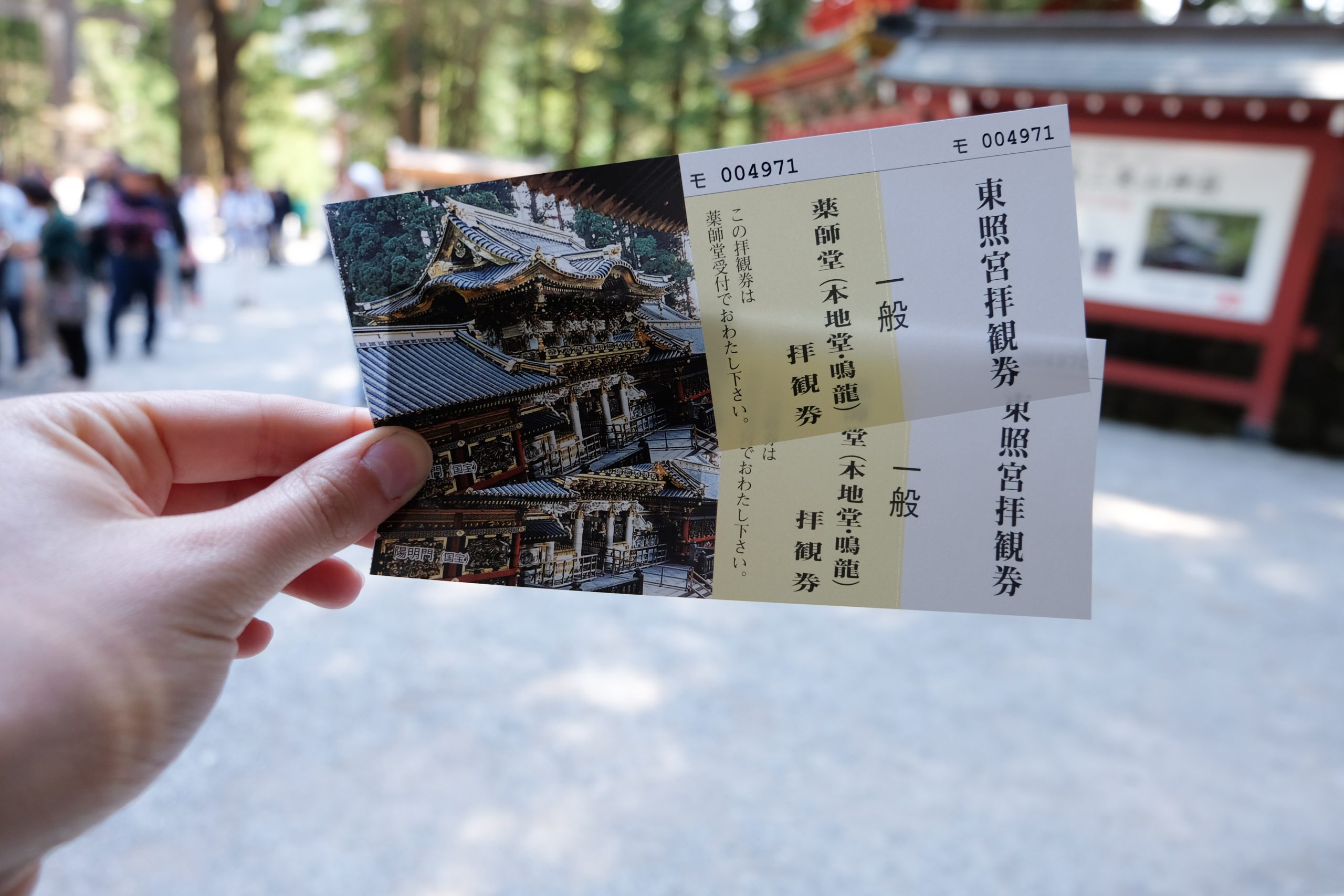
There is so much I recommend seeing here, as the Tōshō-gū Shrine is renowned for its elaborate and colourful architecture. Allocate at least two hours for this as the complex includes over a dozen buildings, including the main hall (honden), worship hall (haiden), pagoda, and various gates.
Here are the sites I recommend you don’t miss on your visit:
Five-Story Pagoda (Gojunoto) – The 34.3-meter (112.5-foot) tall pagoda was donated by a feudal lord in 1650, and it represents the five elements of the universe in Japanese Buddhism: earth, water, fire, wind, and void.
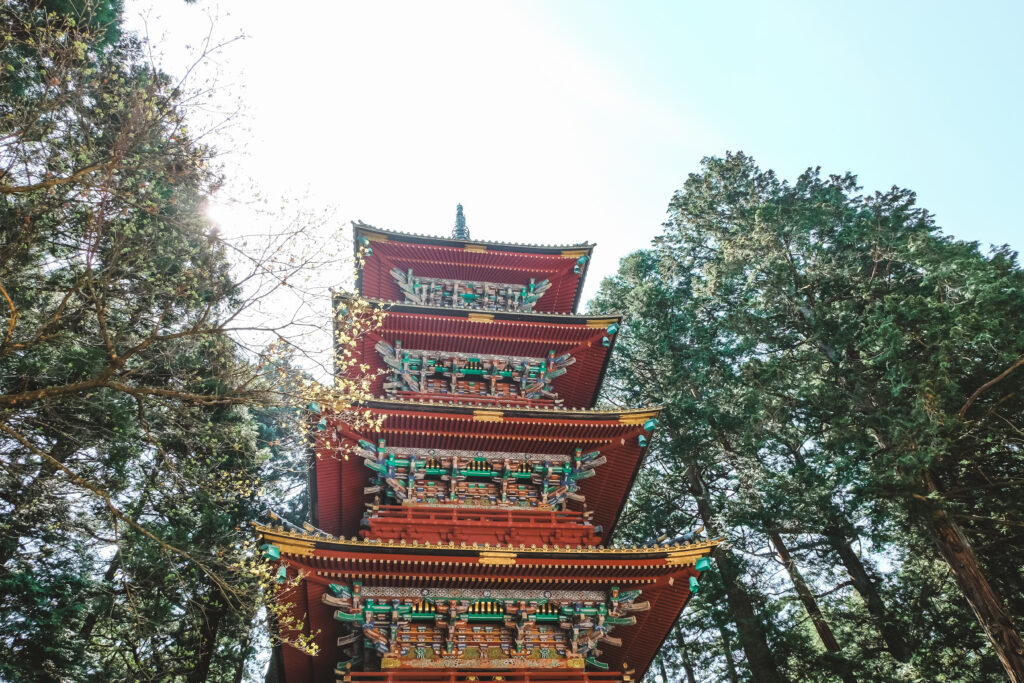
Yomeimon Gate – Also known as the “Sunset Gate” or “Higurashi Gate” this is one of the most impressive structures within the shrine complex. The gate has over 500 intricate carvings depicting animals, plants, and scenes from Japanese mythology. You could spend a whole day admiring every detail without ever getting bored.
Sleeping Cat (Nemuri-neko) – The Sleeping Cat is a small carving of a peacefully sleeping cat located above the entrance to the sacred storehouse.
Three Wise Monkeys – The Three Wise Monkeys, is my favourite carving, and it illustrates the proverb “see no evil, hear no evil, speak no evil”.
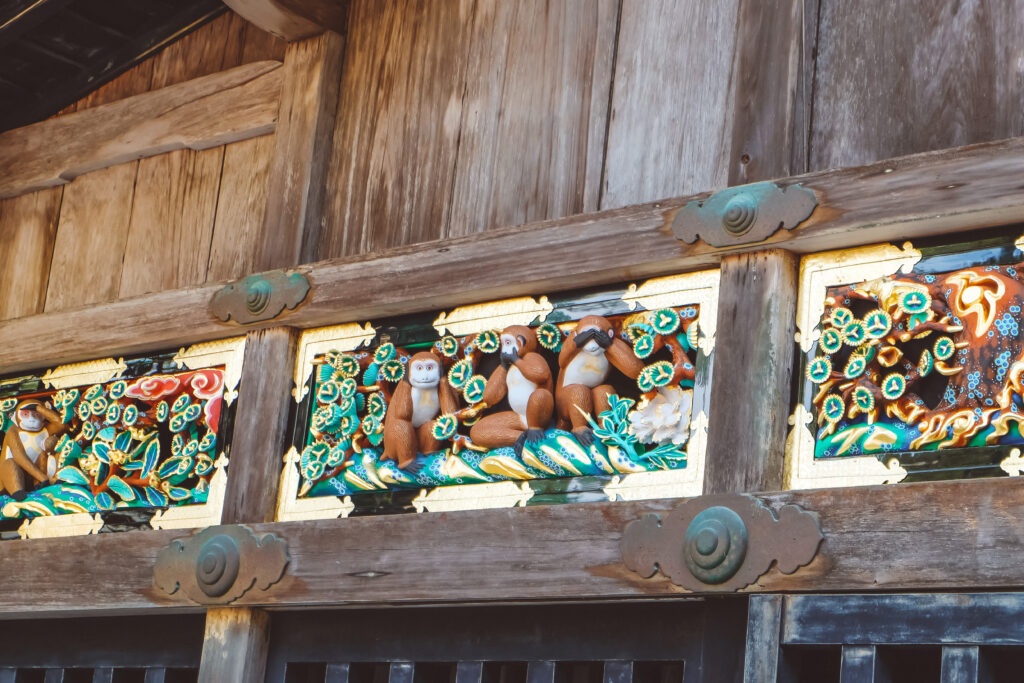
Sacred Stable and the “Imaginary Elephant” – Don’t miss the sacred stable, which houses a carving of an elephant. The artist, Kano Tanyu, had never seen an actual elephant, so he created the carving based on descriptions alone.
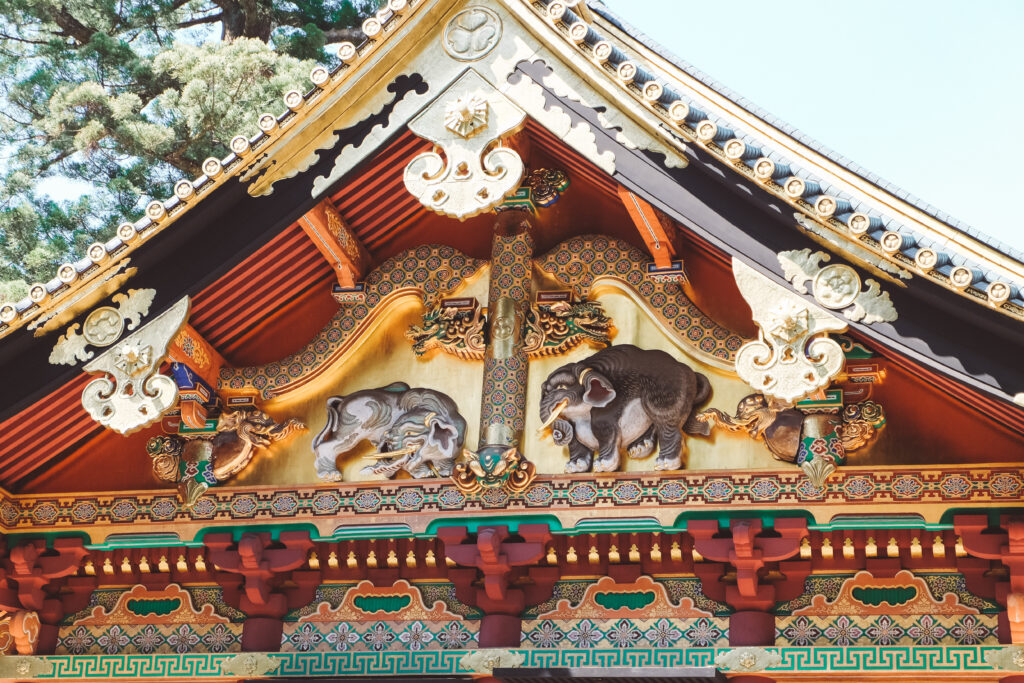
Lunch
There are three places I’ve tried and recommend in Nikkō. The first one is Nagomi Chaya which specialises in Kaiseki. It’s open daily (except Wednesday) from 11:30 am-3:30 pm. It’s a great place for lunch which includes small dishes to enjoy a variety of different of tastes and yes, it does have fresh yuba too. It’s almost guaranteed that this restaurant will have a queue, though.
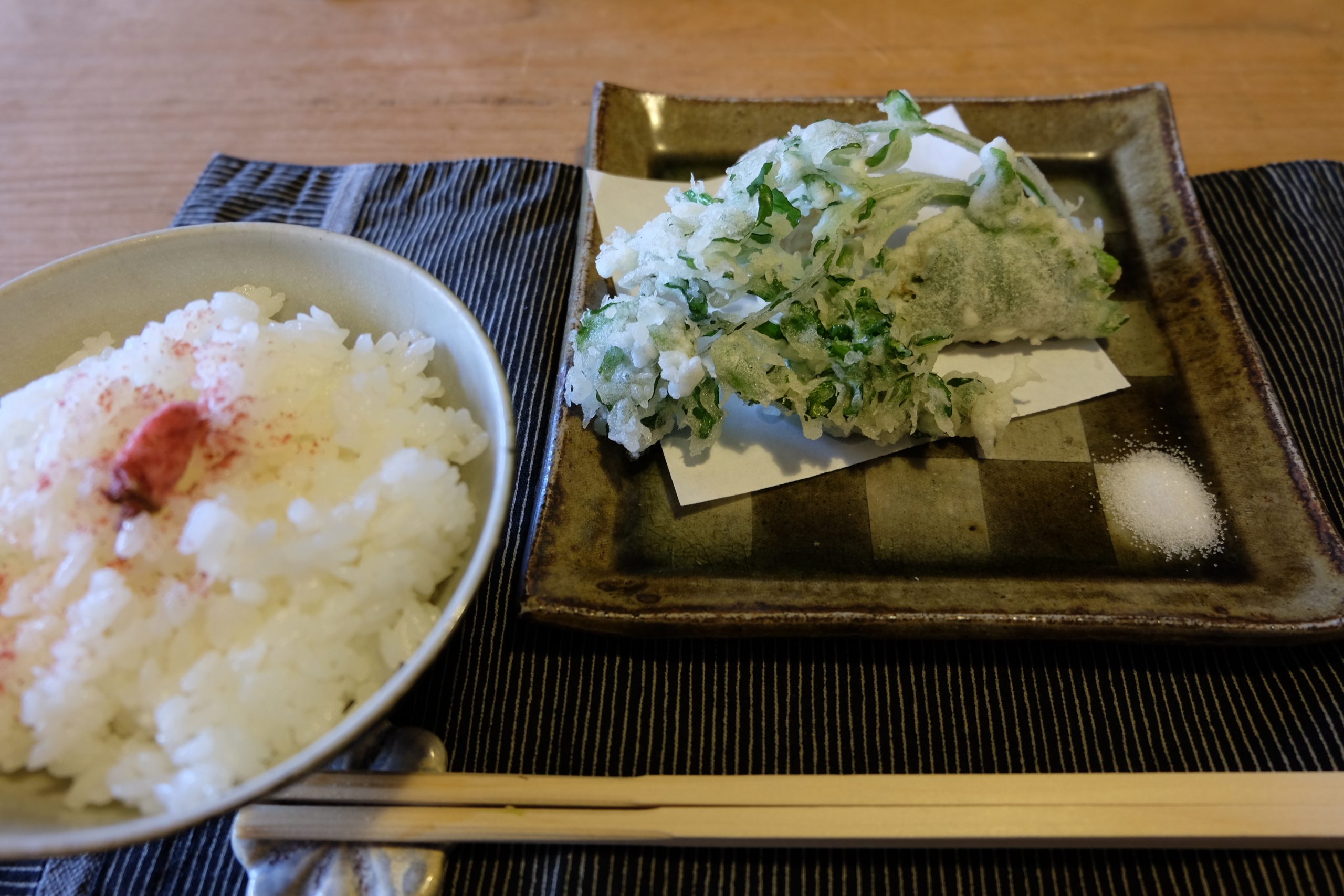
Another fantastic option is Nikkō Yubayuzen which is a tofu restaurant. Nikkō Yuba Yuzen is a 5-minute walk from Nikkō Toshogu Shrine and Nikkozan Rinno-ji Temple, and a 1-minute walk from Shinkyo Bridge. Expect to pay anything between 2800 – 4000 yen per person.
If you can wait until you get all the way up to Kegon Falls, there is an outstanding tonkatsu restaurant up there called Tonkatsu Asai. Expect some queues, but in exchange you will get a fantastic lunch of delicious tonkatsu with the usual sides of rice, miso and shredded cabbage.
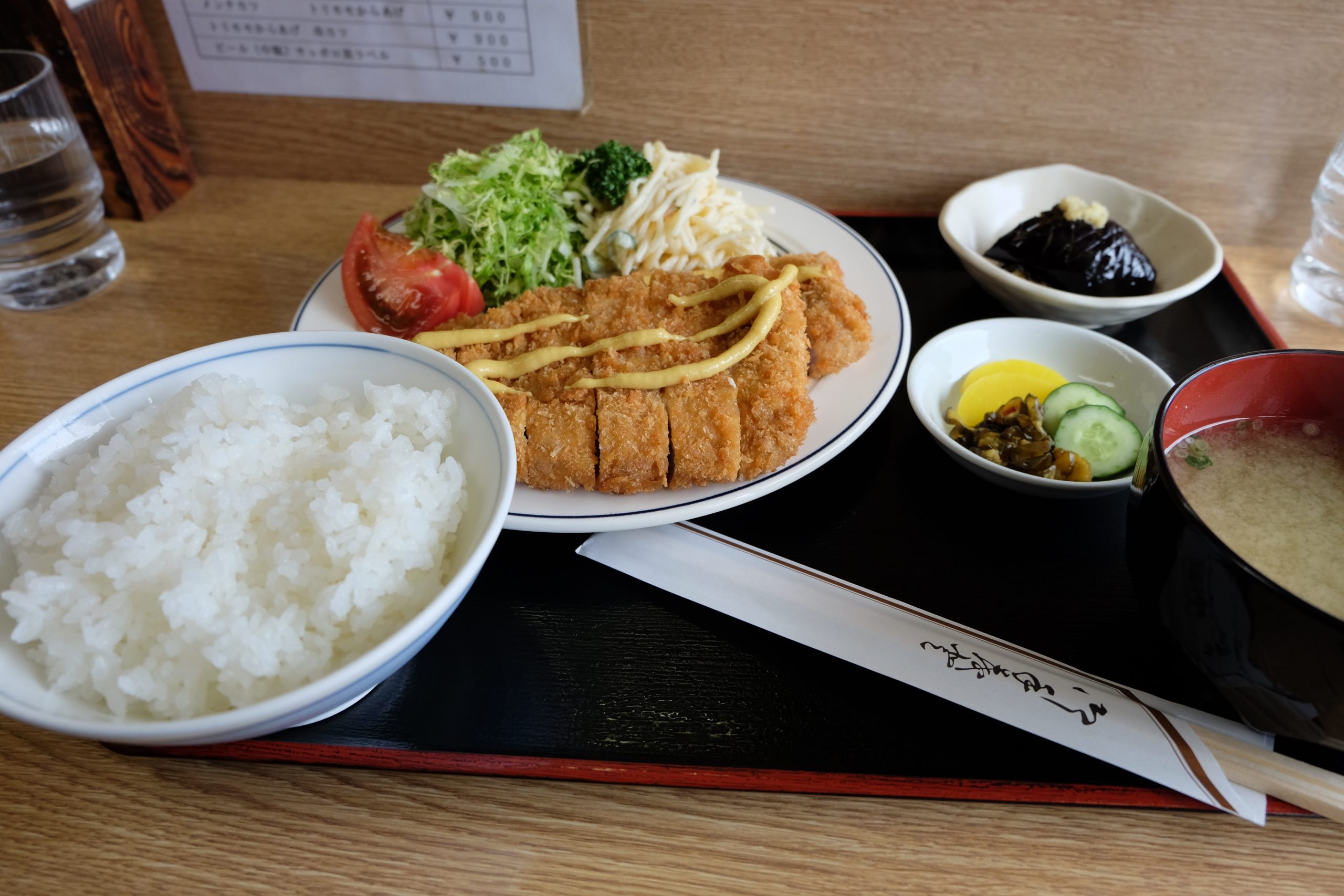
Kegon Falls
Take the bus from stop 8, Yasukawa Town, along the main road. Ride the bus for 18 stops to Kegon Falls. The ride takes around 30-45 minutes, and it’s up a very curvy mountain road. You will pass some seriously tight hairpin bends with stunning scenery. But if you have motion sickness of any type, it’s a good idea to grab your anti-motion sickness pills or wristband.
After 18 stops, you will arrive at bus number 28, Chuzenji Onsen Bus Terminal. There are signs with directions towards the Kegon Falls in Romanji for your ease.
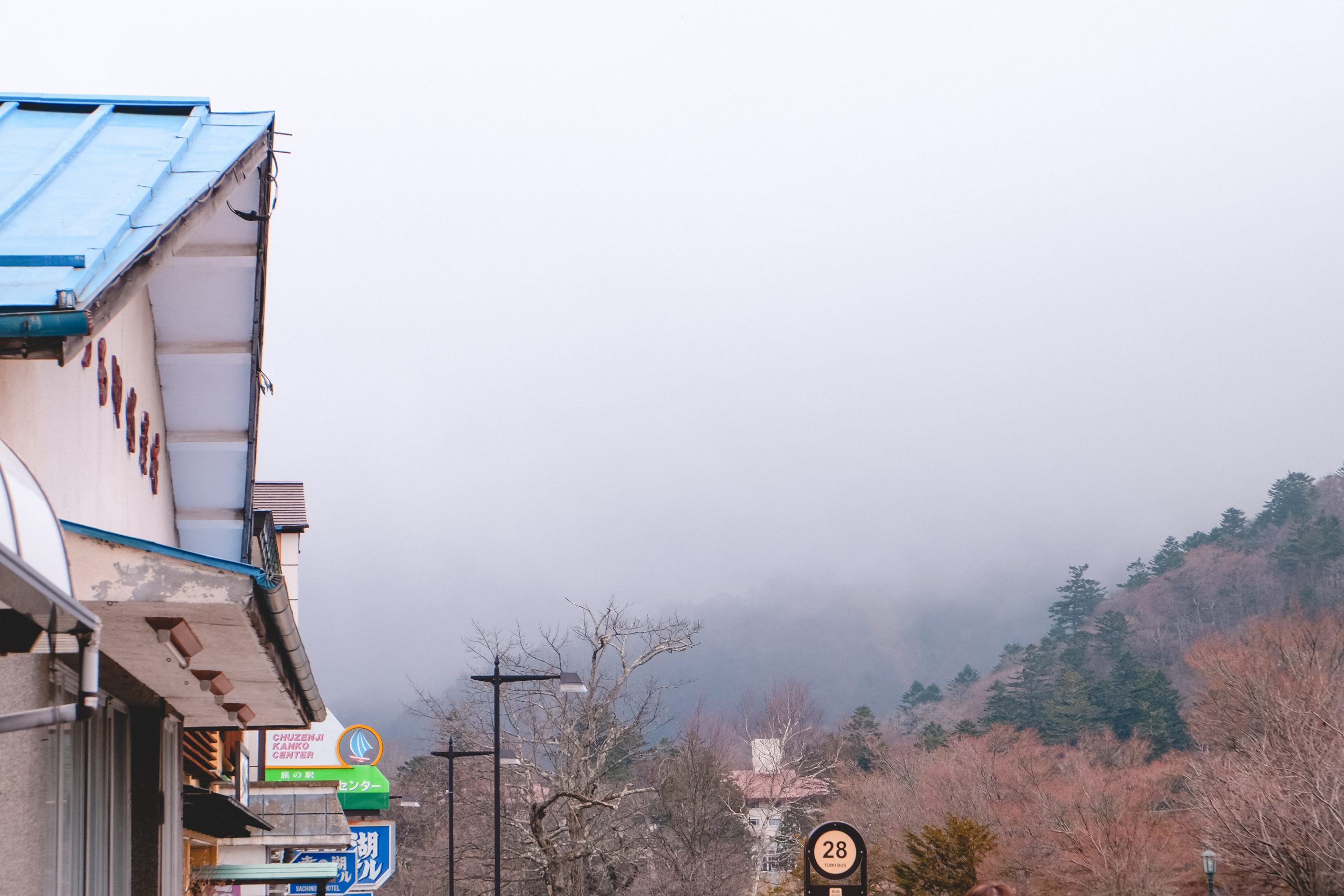
Kegon Falls (華厳の滝, Kegon no Taki) is a stunning waterfall and one of Japan’s most famous and picturesque waterfalls, as well as one of the country’s “Top 100 Waterfalls”. I visited the Kegon Falls in May, and while still stunning, I can appreciate why it would look even more impressive in the autumn, surrounded by stunning foliage.
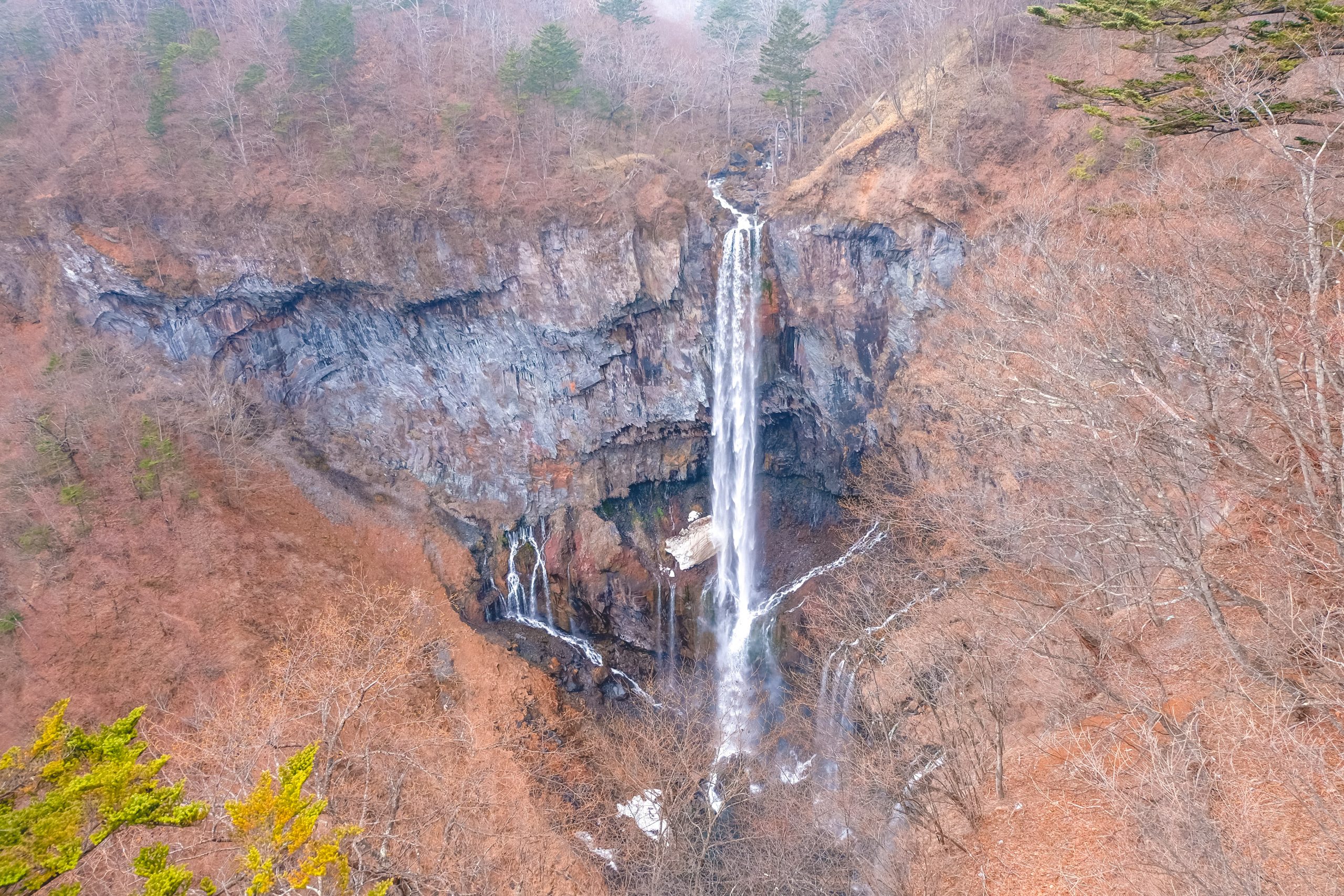
There are two main observation platforms for viewing Kegon Falls. The free upper platform is located near the Akechidaira Ropeway and offers a panoramic view of the falls from a distance. The lower platform, accessed via an elevator for a small fee, provides a closer and more dramatic perspective of the waterfall. The lower platform also offers a spectacular view of the smaller waterfalls that flow alongside Kegon Falls.
Chuzenji Lake
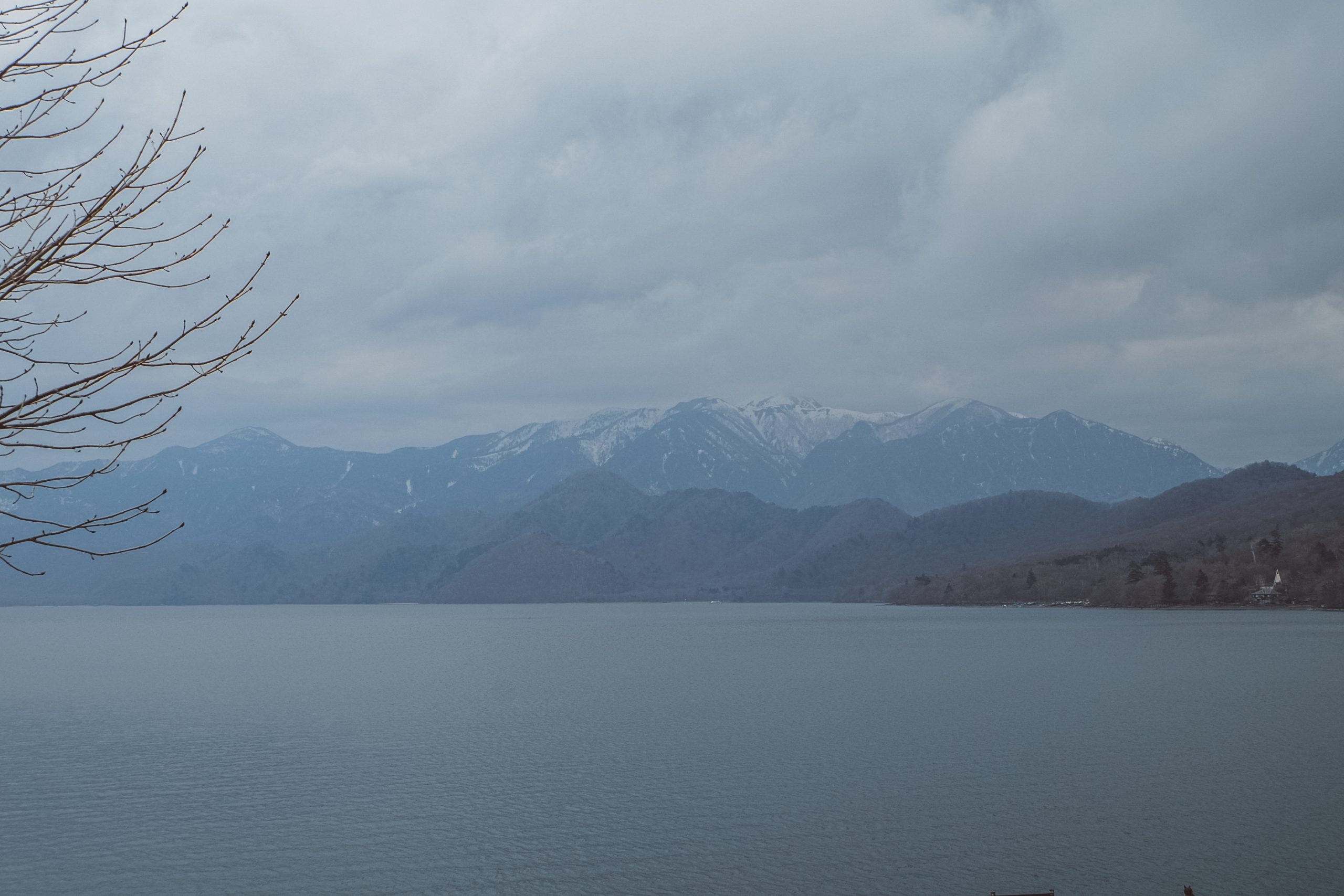
Lake Chuzenji (中禅寺湖, Chūzenjiko) is the highest natural lake in Japan at 1,269 meters (4,160 feet) above sea level. It looks incredible year round, especially with its lush forest along the shores and mountains in the background.
Lake Chuzenji is a natural lake that was formed around 20,000 years ago as a result of volcanic activity from Mount Nantai. As with most of Nikkō, the lake’s beauty is particularly striking during the autumn months, when the foliage transforms into the most vibrant colours.
Lake Chuzenji is home to several cultural and historical sites, including the British Embassy Villa Memorial Park and Chuzenji Temple, a Buddhist temple founded in the 8th century. I recommend taking a stroll along the lake’s shores to admire it in all its beauty.
British Embassy Villa Memorial Park
I recommend starting from the Futarasan Shrine Chugu Shrine Otorii along the Chuzenji Lake and making your way to the British Embassy Villa Memorial Park on foot. You will be walking along the Chuzenji Lake shores, on a forested pedestrian path. It will take just around 20-30 minutes to get to the villa
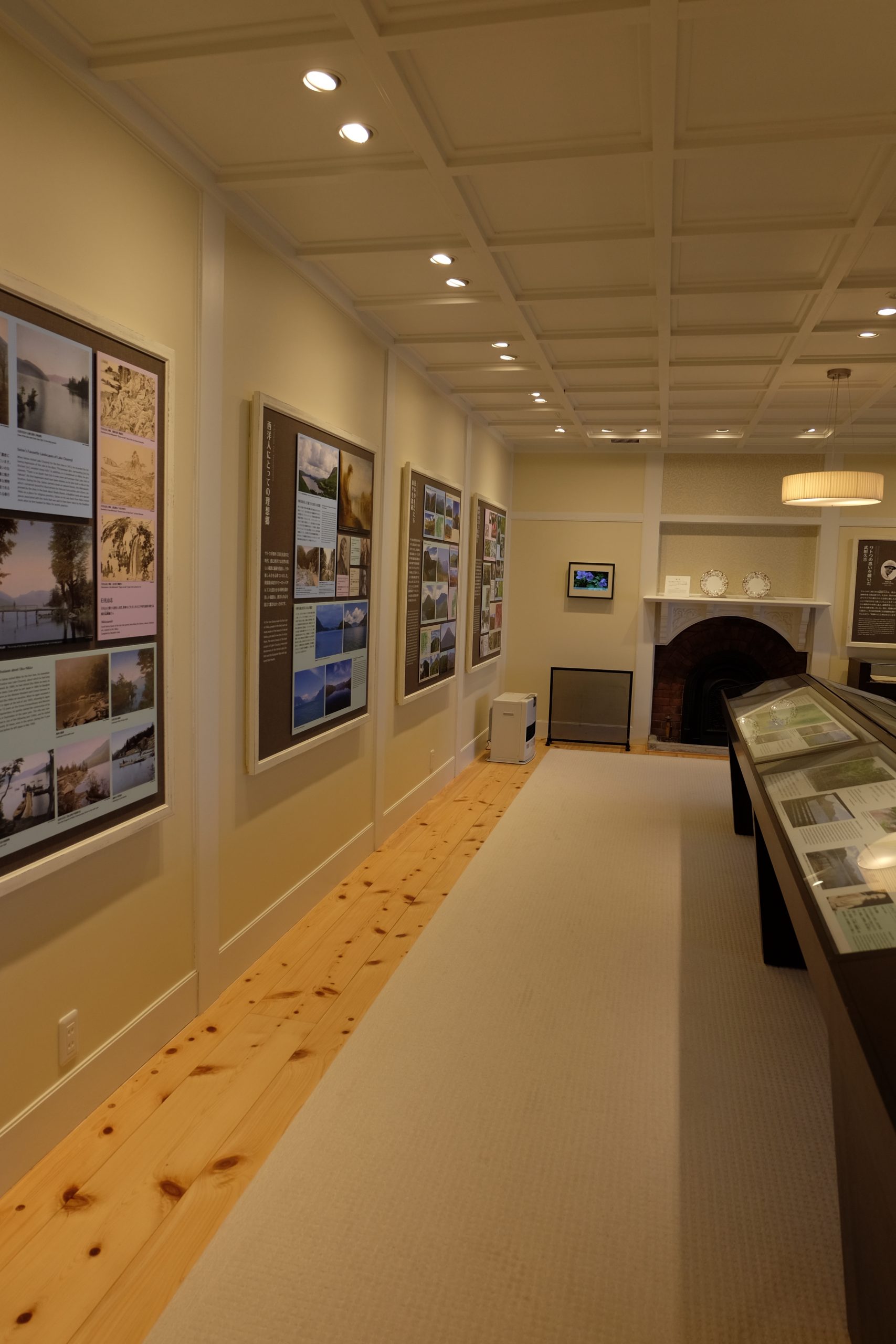
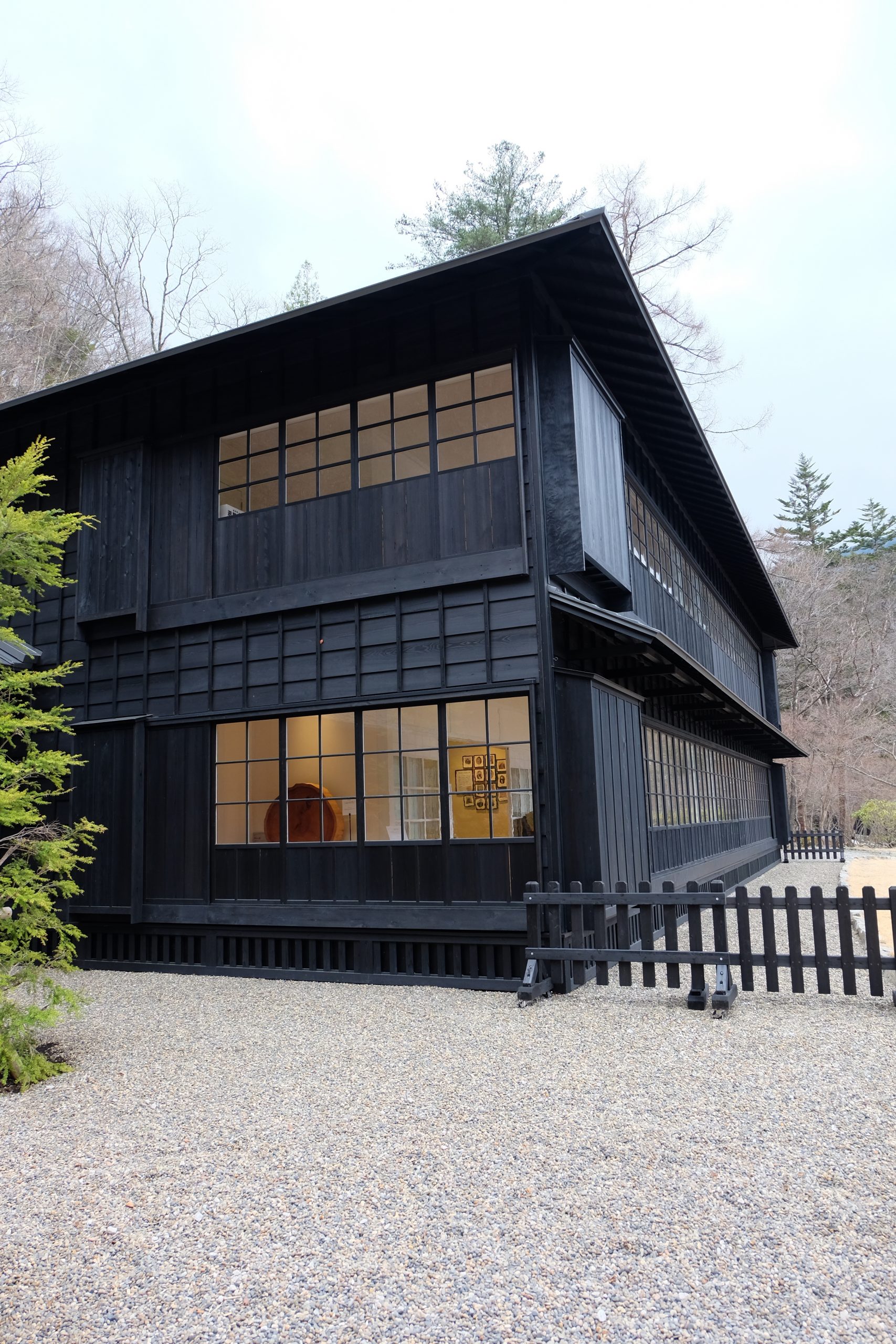
The British Embassy Villa Memorial Park (英国大使館別荘記念公園, Eikoku Taishikan Bessou Kinen Koen) was built in 1896, served as the summer residence for the British Embassy and was later converted into a memorial park that is open to the public.
What impressed me the most is how this two-story wooden building features a unique blend of Victorian and traditional Japanese design elements, such as the use of sliding doors and tatami mats in some of the rooms. I loved the prominent black exterior, which is the result of the Japanese method of charring wood to preserve it, called shou sugi ban.
You can tour the villa, and you can even enjoy an afternoon tea with scones and traditional English tea at the Tea Room Minami Yonban Classic.
Kanmangafuchi Abyss
It’s time to make your way back to the Chuzenji Onsen Bus Terminal. On the way back, you can stop at the Chūzen-ji Temple, a Buddhist temple founded in the 8th century by the priest Shodo Shonin, the same priest who established the famous temple complex in Nikkō.
Take the bus back from Chuzenji Onsen Bus Terminal towards Nikkō centre. Ride for 14 stops and get off at the Kanaya Hotel History Museum, which is stop 10.
From the bus stop, walk for 15-minute to the Kanmangafuchi Abyss. Kanmangafuchi Abyss (憾満ヶ淵) is a scenic area and a popular destination known for its serene beauty and spiritual atmosphere.
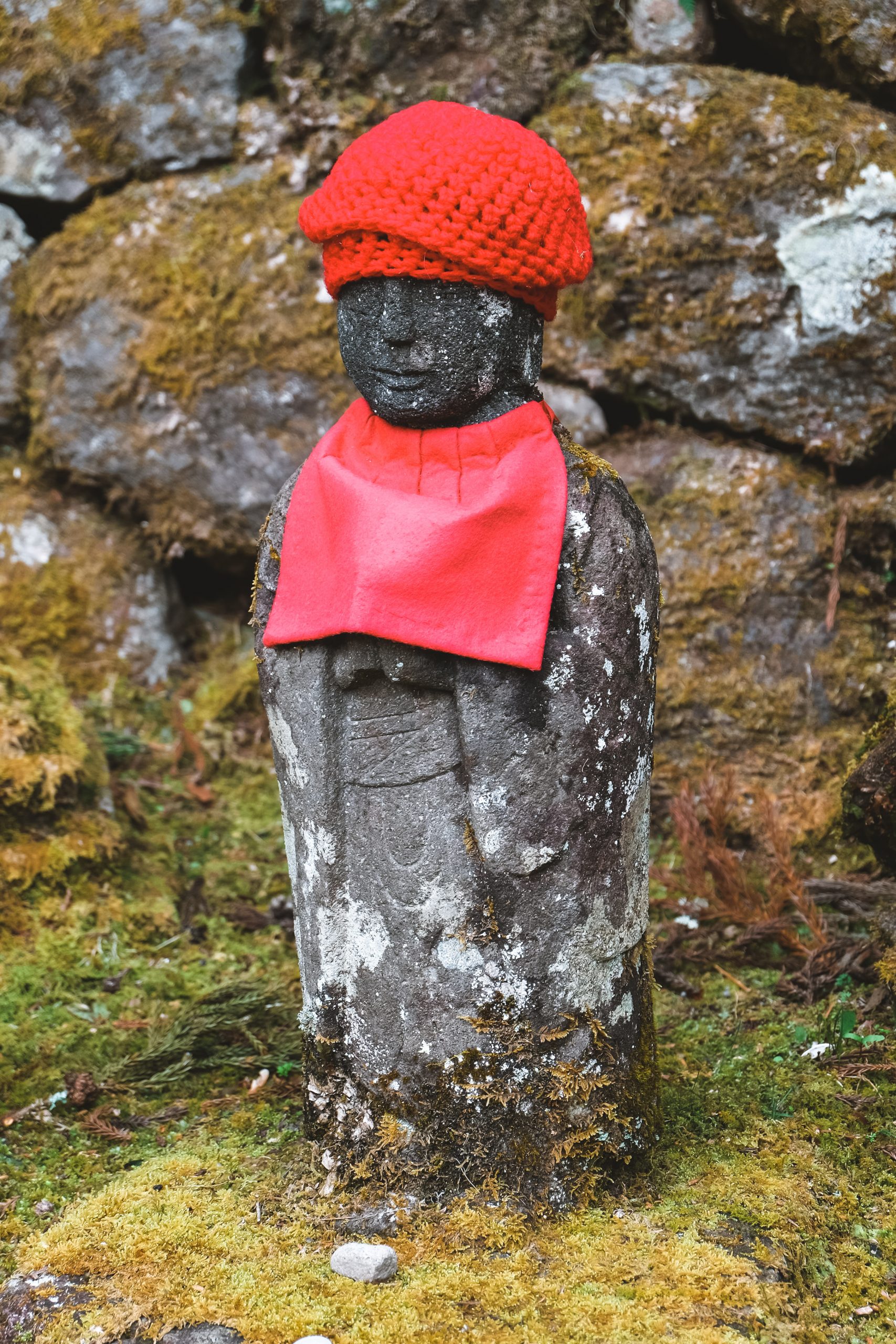
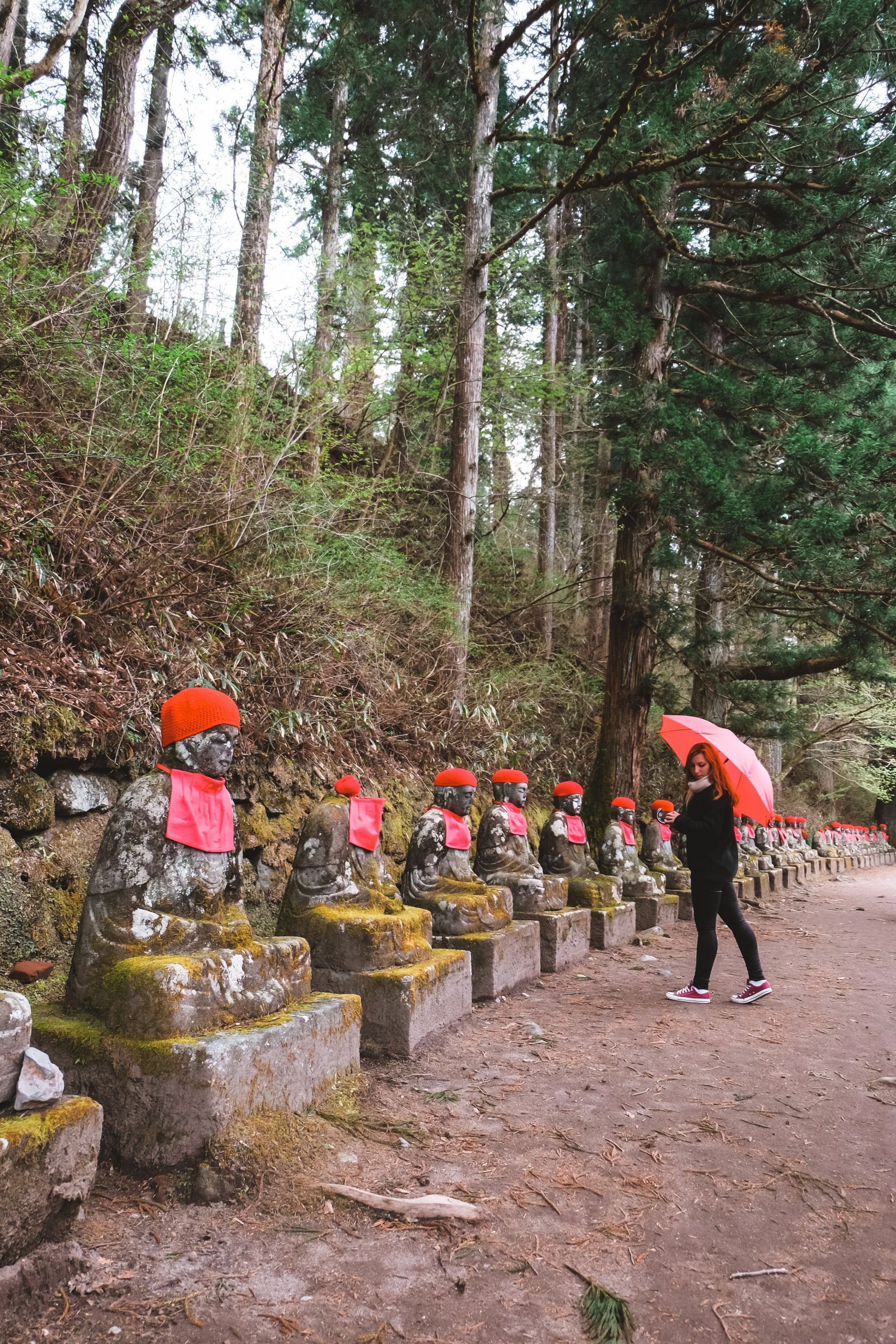
The area is a lovely walking path along the Daiya River, surrounded by forest and unique rock formations. The most interesting features of Kanmangafuchi Abyss is the row of around 70 stone Jizo statues, known as “Bake Jizo” or “Ghost Jizo”. Jizo is a bodhisattva in Japanese Buddhism, believed to protect travellers and children. The statues have the most adorable red bibs and hats, which are offerings made by visitors to honour the Jizo and seek protection.
Back to the Nikkō train station
From the Kanman-ga-Fuchi Abyss, make your way back to the bus stop and take the local bus all the way to bus stop 2, which is the Tōbu-nikkō Station or bus stop 1 for the JR Nikkō station.
Alternatively, if you still have some energy, you can simply walk from the Kanmangafuchi Abyss, to the train station. The walk takes around 40-45 minutes.
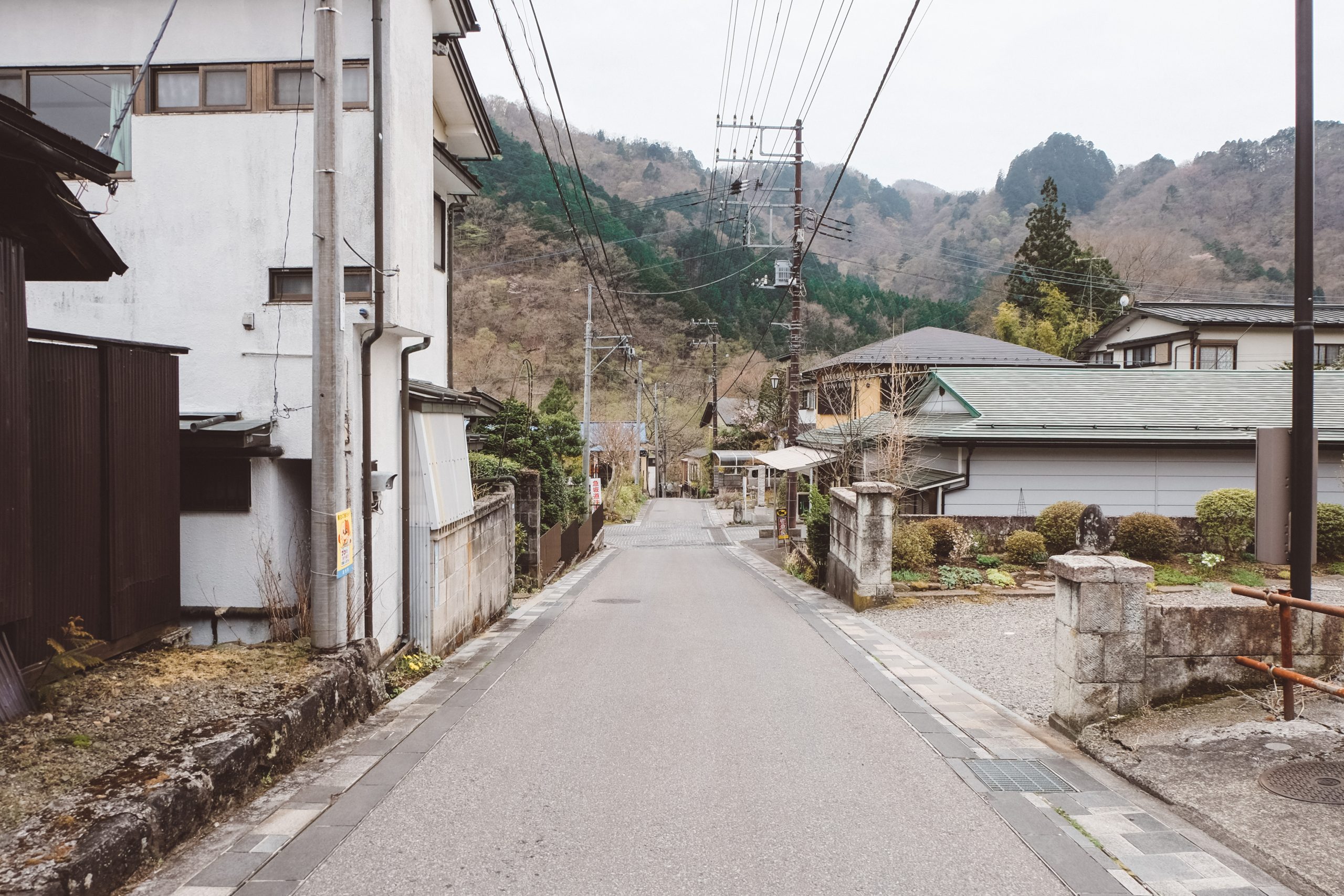
From the train station, get your train back to Tokyo. Ideally, you’ll want to be back at the train station no later than 7:30pm. Consider getting the 7:44 pm Tobu-Asakusa train back to Tokyo. If you are travelling by JR, there are many later trains, including a 9pm and a 9:48pm to Tokyo.
Where to stay in Nikkō
If you love your Nikkō day trip itinerary, chances are, you will want to stay the night to relax in some of the serene onsen in the Nikkō National Park. While I appreciate that a day trip to Nikkō if often the most popular choice, I do encourage you to consider spending the night in a ryokan with dinner and breakfast included and access to traditional Japanese onsen.
A night in the mountains will allow you to enjoy some extra hikes in the morning, soak in an onsen surrounded by forests and enjoy the Japanese hospitality in a ryokan. Most traditional stays come with a delicious kaiseki dinner included in the price.
On my overnight trip to Nikkō I stayed in Nikkō Astraea Hotel, a 2 star hotel deep in the mountains. Dinner and breakfast were included in the price and had access to the indoor and outdoor onsen.
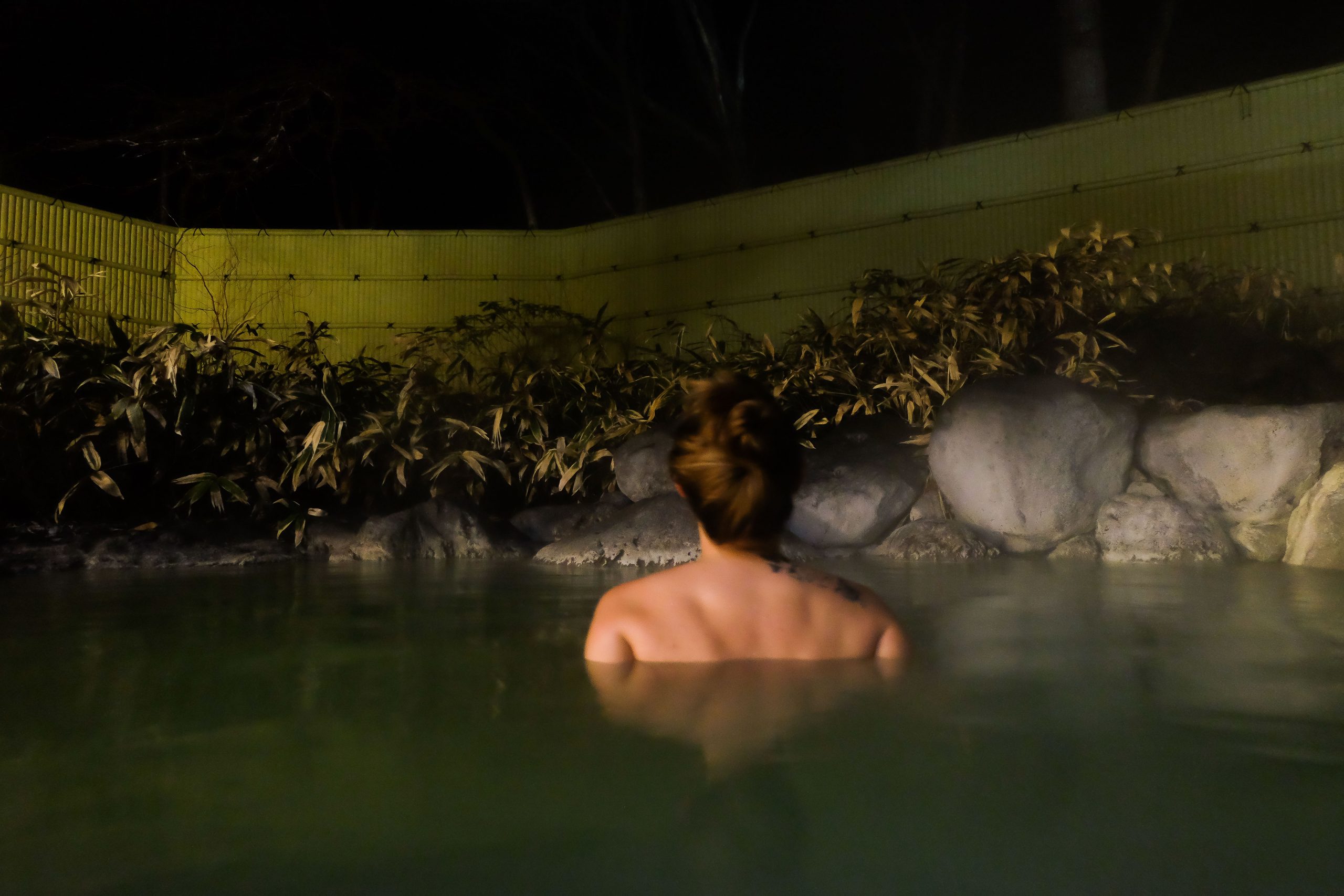
For a more luxurious stay, I also recommend the following ryokans:
- Asaya Ryokan – A luxury ryokan with dinner and breakfast included. This ryokan also has rooms with tatami and private onsen if you prefer a true treat.
- Hatago Nagomi – A newly renovated hotel near the beautiful Lake Chuzenji. You will also get dinner and breakfast included and the hotel has a shared bath with nature-free flowing spring water.
- Yumoto Itaya – A very traditional Japanese ryokan with indoor and outdoor hot spring baths. You’ll enjoy a multi course dinner and a delicious breakfast in the morning. I recommend booking a Japanese style room with tatami and futons.
- Kinugawa Onsen Hotel – A super hotel located by Kinugawa Gorge. The rooms come with complimentary green tea and have either futons or western beds. You’ll get yukata robes for a great cultural experience. Breakfast and dinner are included in the price and the hotel has indoor and outdoor onsen.
Nikkō day trip itinerary map
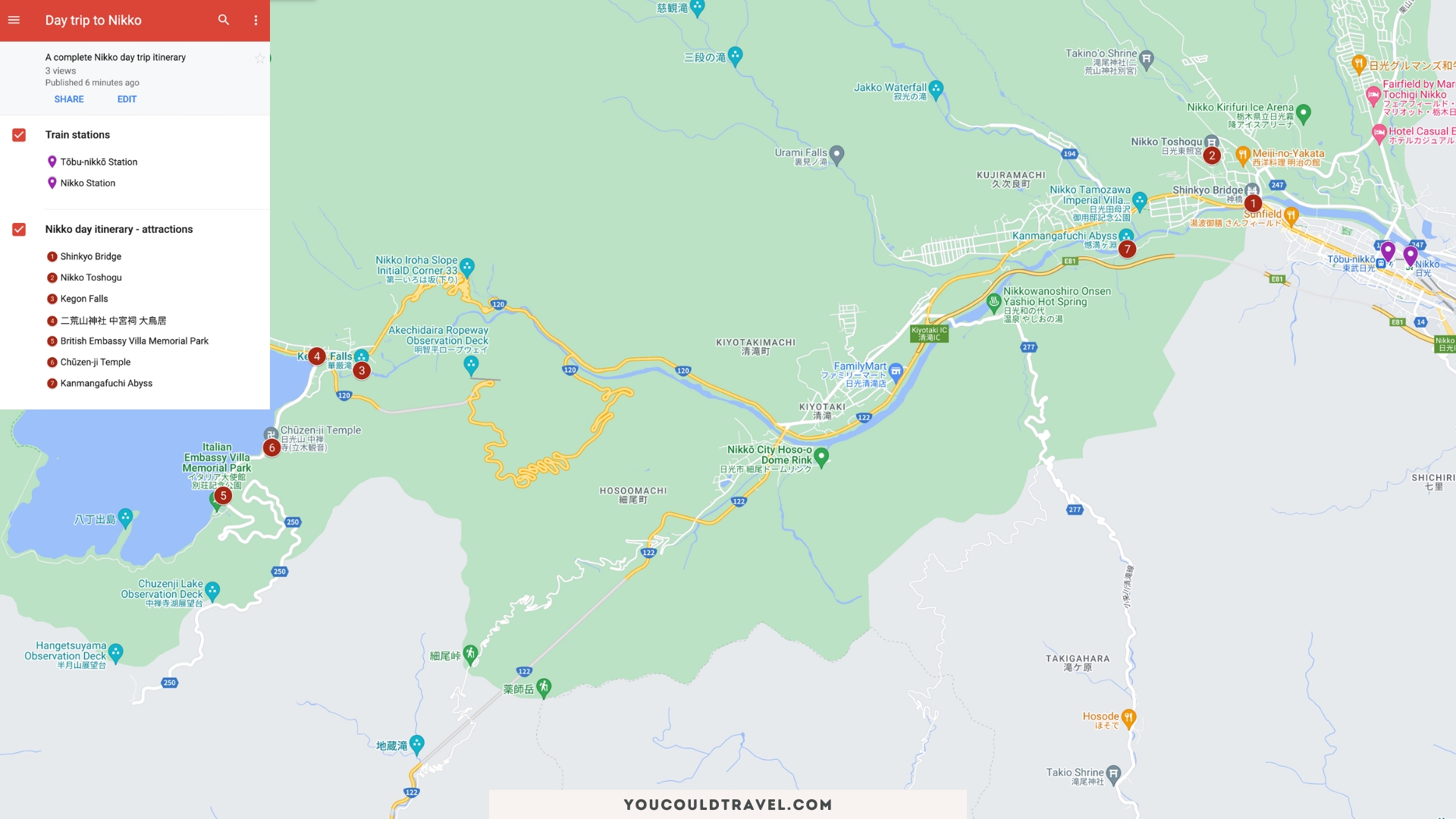
To make it easier for you to follow this Tokyo Nikko day trip itinerary, I’ve curated an itinerary map that highlights key attractions to help you make the most of your day trip to Nikkō. I included the two main train stations and ordered and numbered all the attractions, you will see on the day.
Final Thoughts
I hope my Nikko day trip itinerary helped you organise and enjoy your trip. Nikko remains one of my favourite trips I added to my 3 weeks in Japan, and I’m so happy I got to see and enjoy so many bucket list attractions.
My step-by-step guide was created to offer valuable insights on getting to Nikkō, optimizing your passes and tickets, and ensuring that you can enjoy all the best attractions in just one day. By following this itinerary, you can make your visit to Nikkō convenient, efficient, and unforgettable.
After a day trip to Nikkō, you will have had the opportunity to visit several remarkable attractions. These include the awe-inspiring Nikkō Toshogu Shrine, the sacred Shinkyo Bridge, the surreal Kegon Falls, Japan’s highest natural Lake Chuzenji, and the hidden gem known as the Kanmangafuchi Abyss.
Have a fun trip!
Frequently Asked Questions
Can you do a day trip to Nikko?
Yes, you can do a day trip to Nikko from Tokyo, and it’s, in fact, one of the most popular and easiest day trips to do from Tokyo. Nikko is located about 125 kilometers (78 miles) north of Tokyo, making it a feasible day trip option. To make the most of your day trip, consider the following travel tips:
Start early – Begin your journey early in the morning to maximize your time in Nikko. I getting the 7:30am train from Tokyo to Nikko.
Take a train – The most convenient way to reach Nikko from Tokyo is by train. You can take the Tobu Railway’s Limited Express train from Asakusa Station, which takes about two hours, or the JR East’s Shinkansen from Tokyo Station to Utsunomiya, followed by a local Nikko Line train, which takes about 1.5-2 hours in total.
Plan your itinerary – Some of the must-see attractions in Nikko include Toshogu Shrine, Rinnoji Temple, Futarasan Shrine, and the scenic Lake Chuzenji and Kegon Falls. My 1 day itinerary covers all these points of interest and ensure you have plenty of time to get back to Tokyo in the evening.
Consider purchasing a pass – If you plan to use public transportation within Nikko, consider purchasing a Nikko All Area Pass to save on transportation expenses.
Is a day trip to Nikko worth it?
Yes, a day trip to Nikko is definitely worth it. Nikko is an incredible destination with natural beauty and UNESCO World Heritage sites. Discover the beauty of Shinkyo Bridge, Toshogu Shrine, Kegon Falls, Lake Chuzenji, and Kanmangafuchi Abyss, which can all be seen on a day trip to Nikko.
When planning your day trip to Nikko, it’s essential to start early to make the most of your time. Trains from Tokyo to Nikko take around 1.5-2 hours, depending on the route you choose. Consider using the All Nikko Pass to save on transportation costs on return trains from Tokyo to Nikko as well as on local trains and buses around the Nikko area.
How much time do I need in Nikko?
One day trip to Nikko is enough to see the famous Shinkyo Bridge, the UNESCO World Heritage Site Toshogu Shrine as well as the Kegon Falls, Lake Chuzenji, and Kanmangafuchi Abyss. However, consider staying 2-3 days in Nikko to explore the area at a more leisurely pace, soak in an onsen, stay in a traditional ryokan with kaiseki dinner and experience some epic hikes in the Nikko National Park.
How do you get around Nikko without a car?
It’s easy to get around Nikko without a car, as the area is very well-connected by an extensive bus network. Consider buying the All Nikko Pass or the Chuzenji Onsen Free Pass to enjoy unlimited rides on the local trains and buses.
Is the Nikko Pass worth it for one day?
Yes, the Nikko Pass is worth it for a day trip to Nikko from Tokyo. The per-person cost of the pass begins at $16 for adults, making it significantly more affordable than a round-trip train ticket. Moreover, the pass includes unlimited bus rides within the Nikko area, which are crucial for fully exploring all that Nikko has to offer within a day.
There are two types of Nikko passes:
Nikko Pass World Heritage Area ($16) – This pass is valid for 2 days and offers a roundtrip train journey between Asakusa Station in Tokyo and Tobu-Nikko Station. You will also get unlimited rides on the Tobu World Heritage sightseeing buses that loop through the centre, as well as on the buses between Nikko Station and Rengeishi bus stop. The downside of this pass is that you need to pay extra on buses to access Lake Chuzenjiko, Kegon Falls and Yumoto Onsen. This pass is perfect for individuals who intend to explore the shrines and temples located in the town center.
Nikko All Area Pass ($36) – This pass is valid for 4 days and offers roundtrip train journey between Asakusa Station in Tokyo and Tobu-Nikko Station. You also get unlimited rides on the tourist buses including buses between Nikko Station, Lake Chuzenjiko and Yumoto Onsen and access to the sightseeing boats on Lake Chuzenjiko. Nikko All Area Pass is the ideal choice for those planning to visit the Okunikko area near Lake Chuzenjiko in addition to the town center attractions
Both passes provide discounts at some attractions, restaurants, and shops. As you can see, both passes offer exceptional value and provide a convenient payoff. Purchase your preferred Nikko Pass in advance.
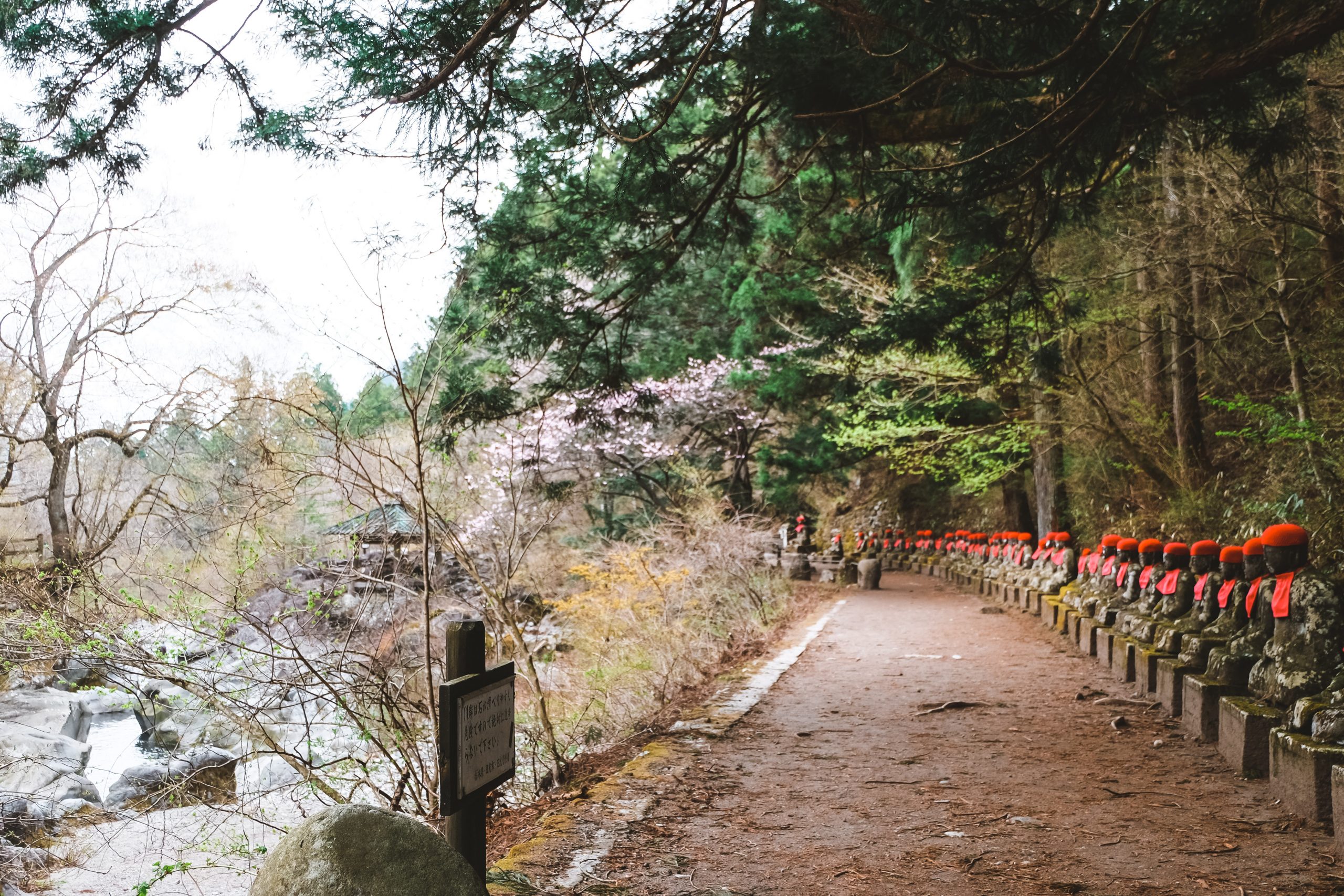
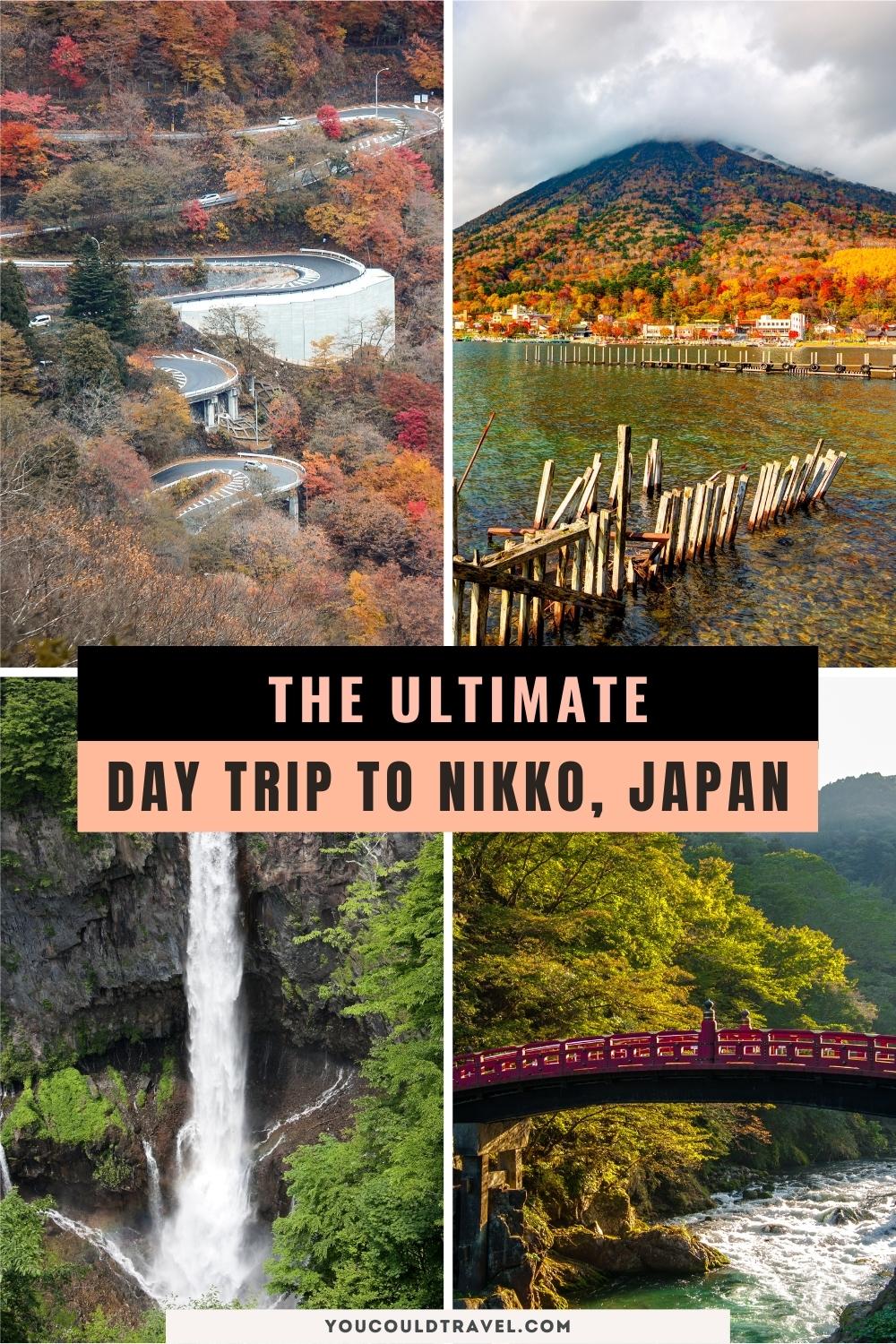
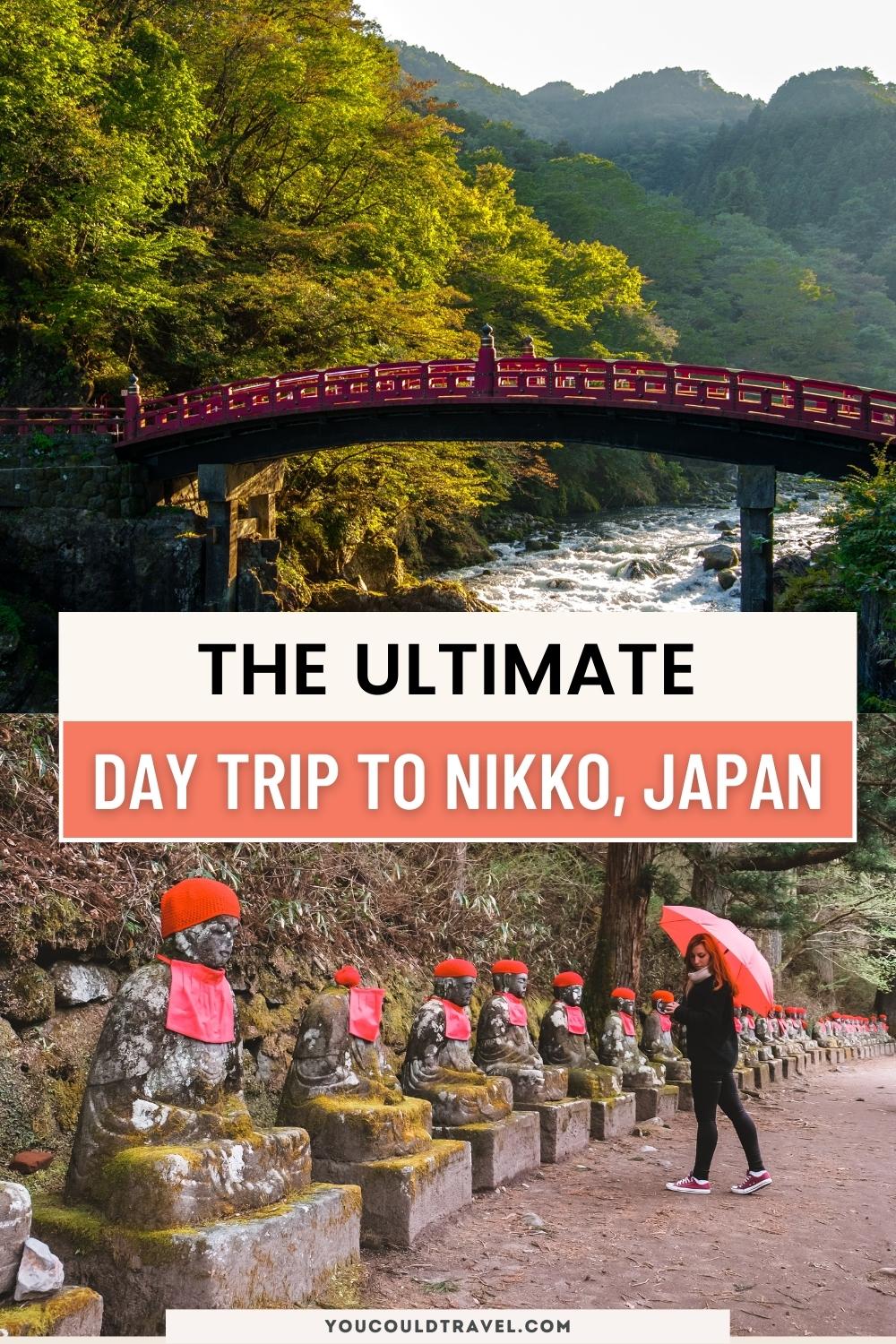
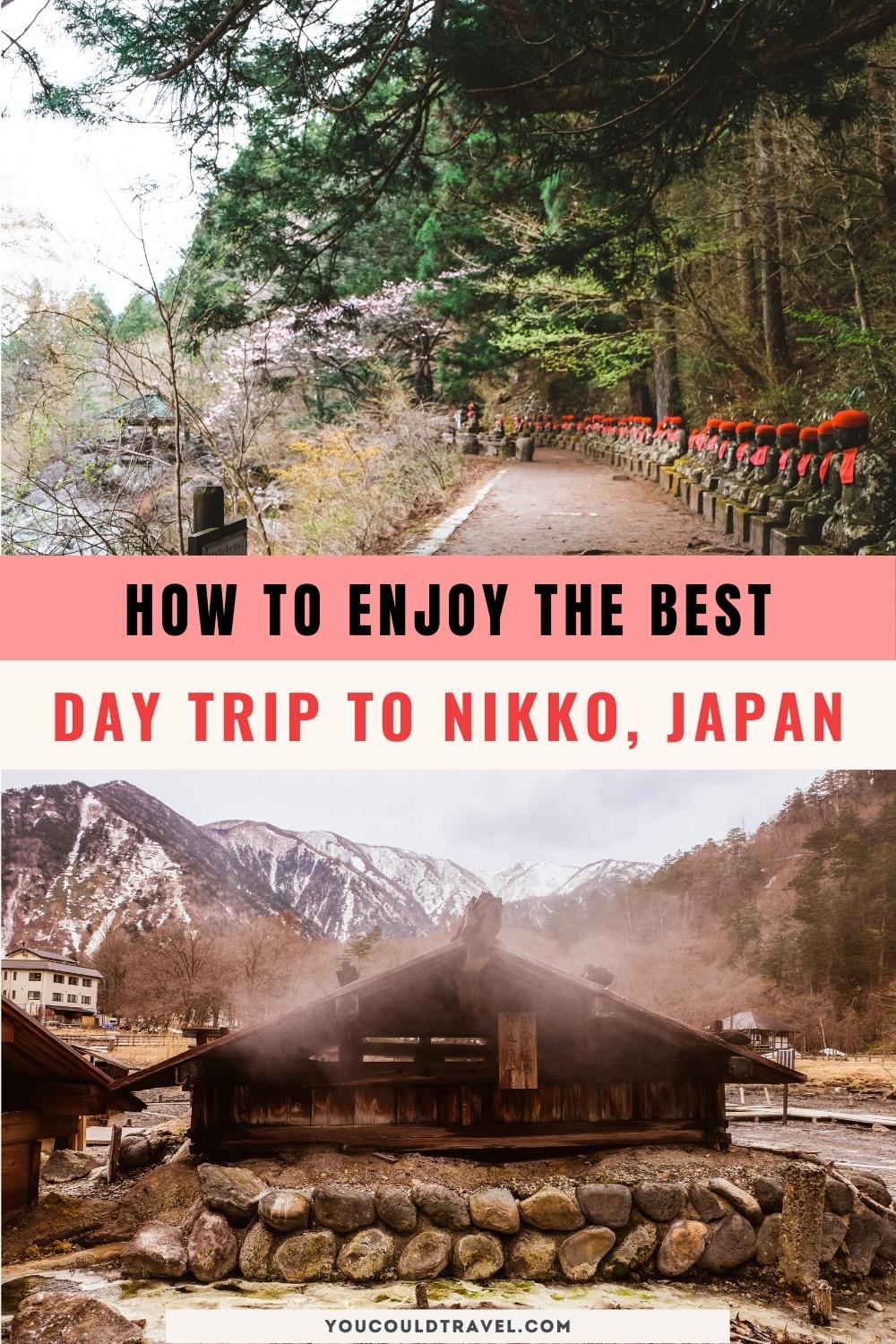

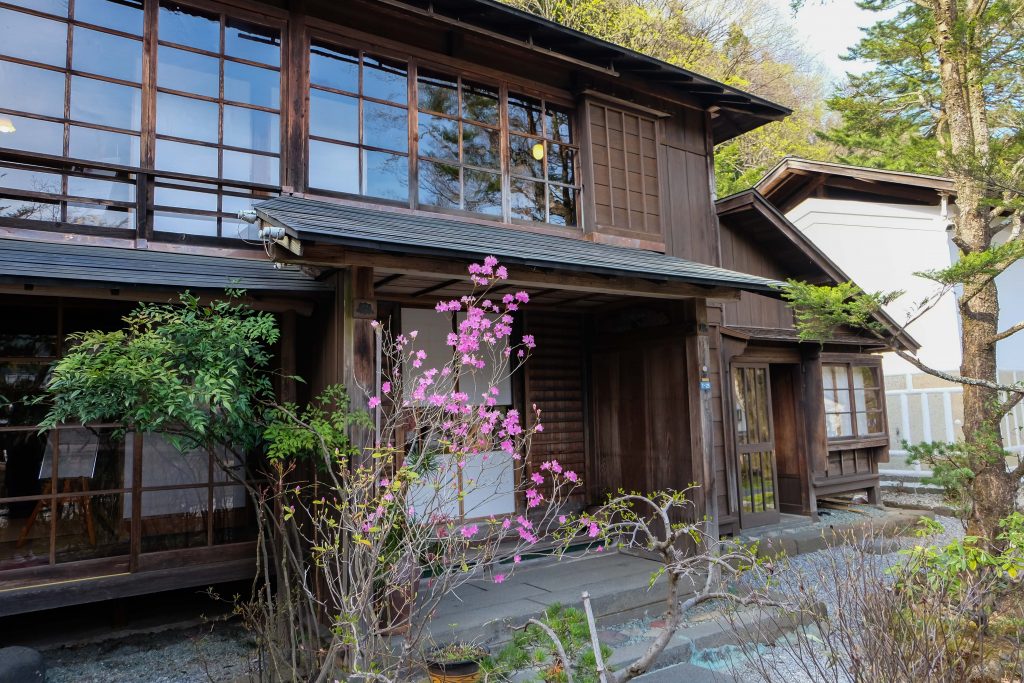
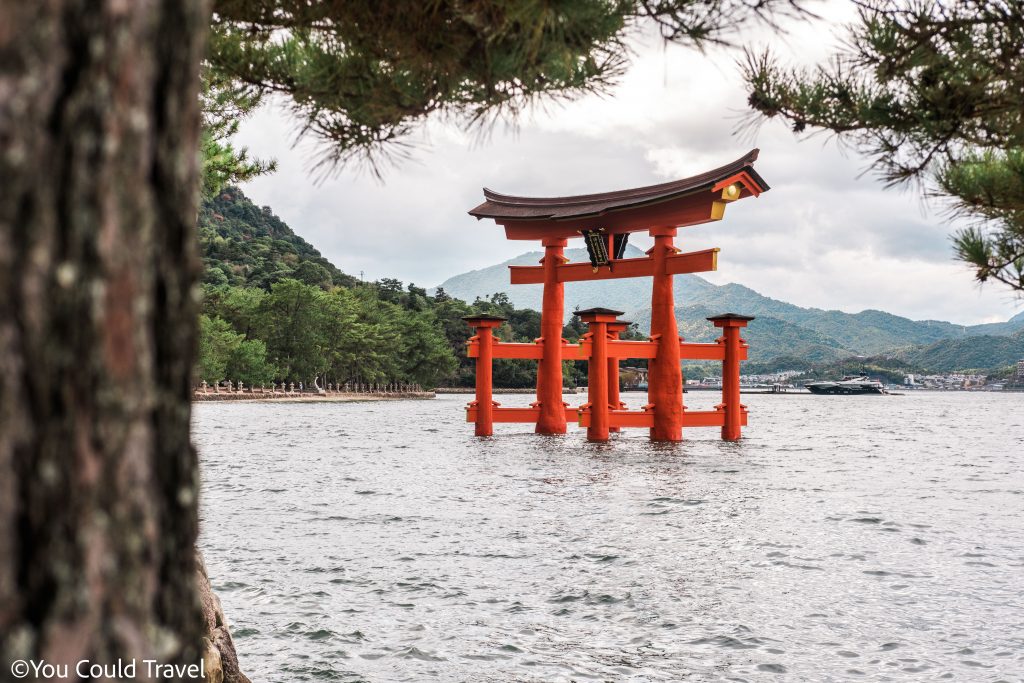
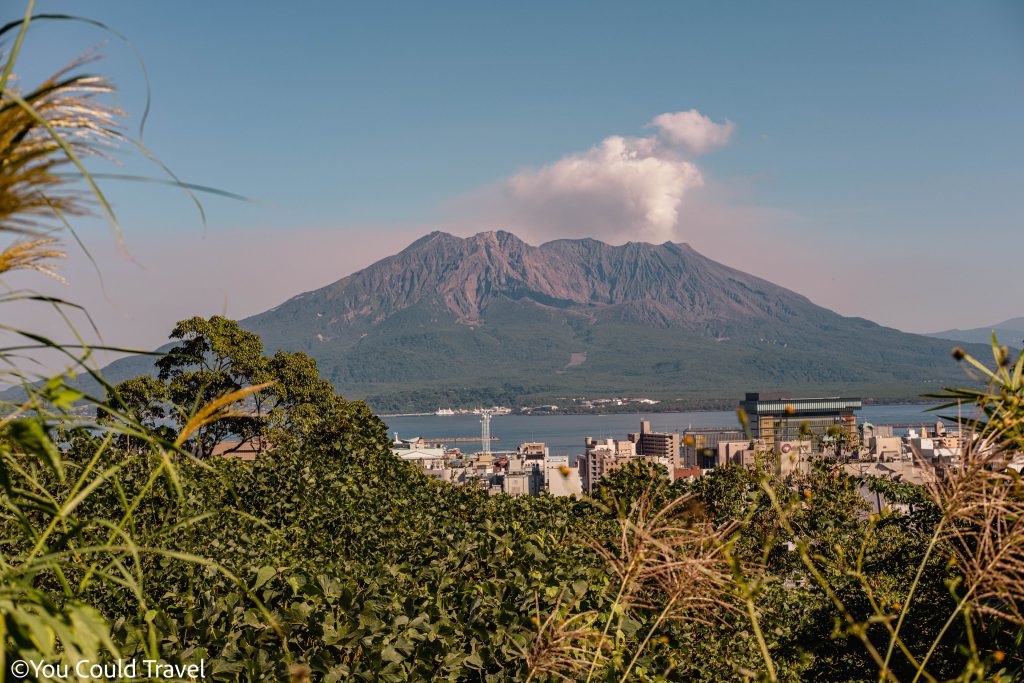
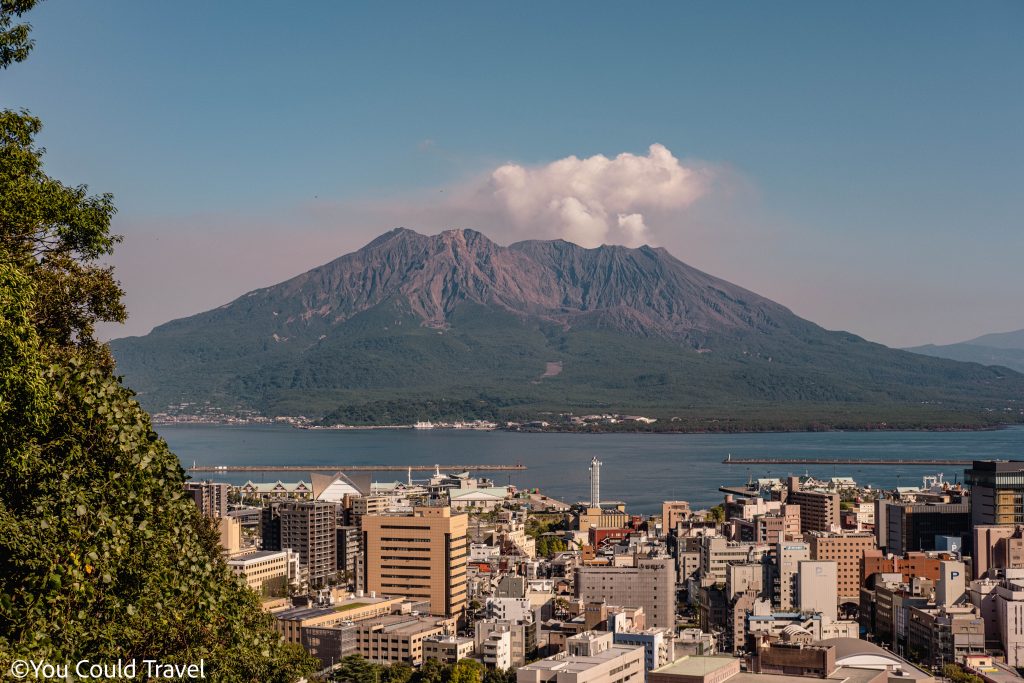
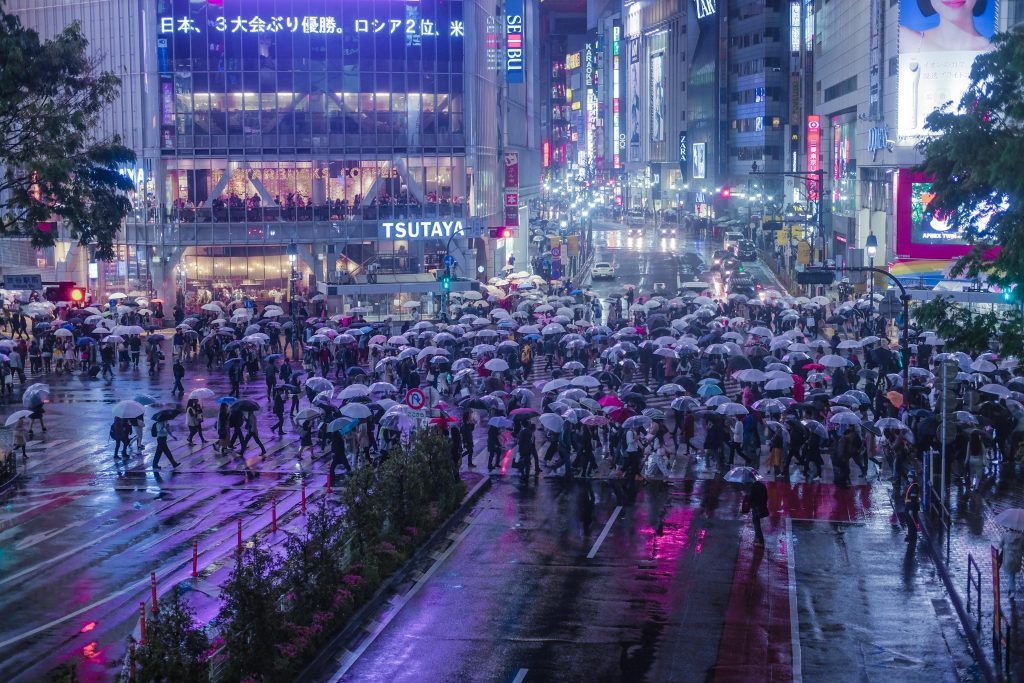
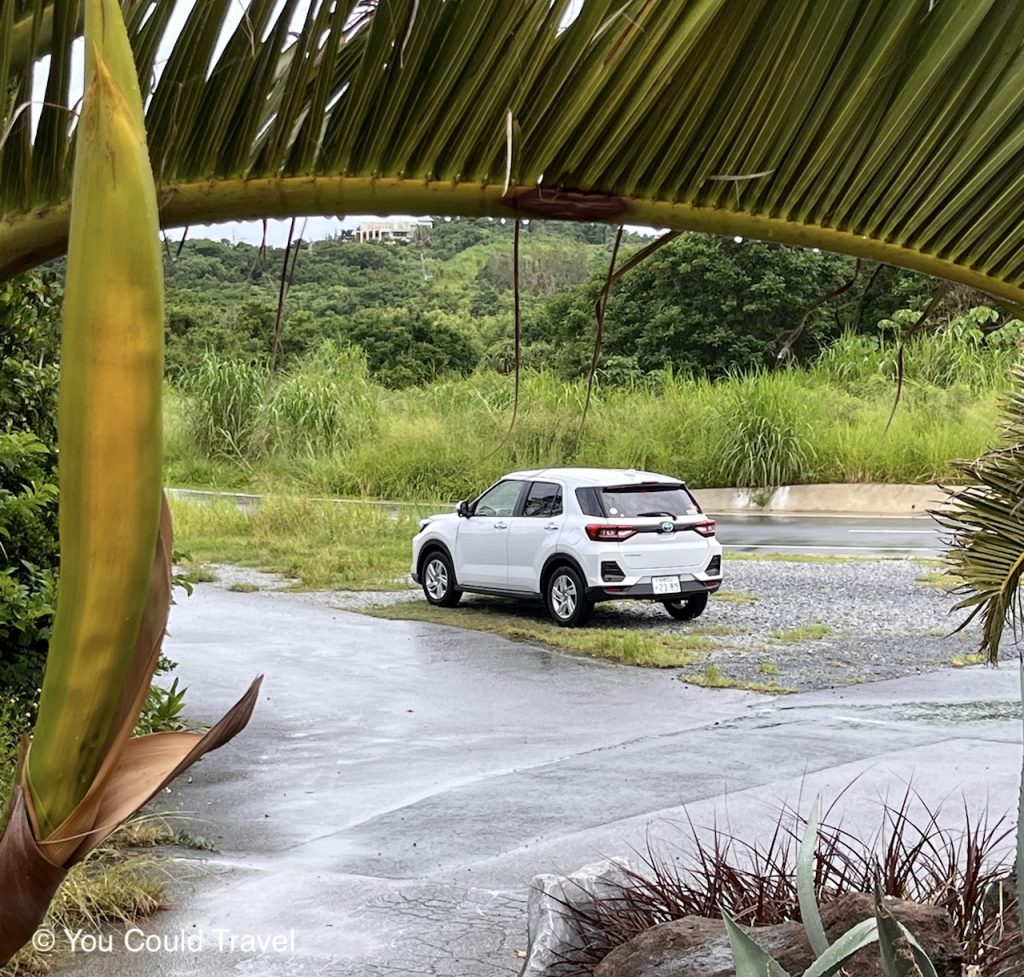


Leave a Reply